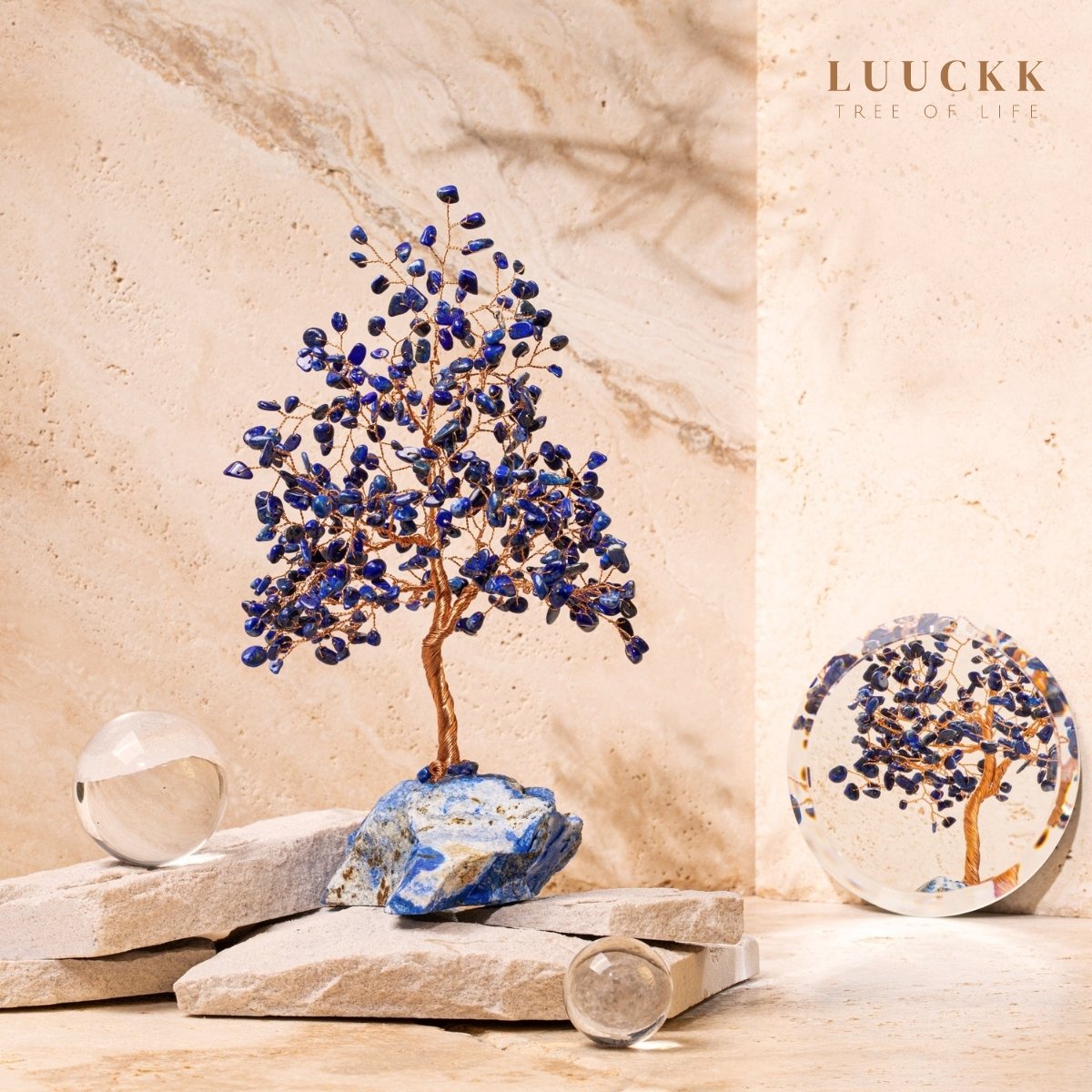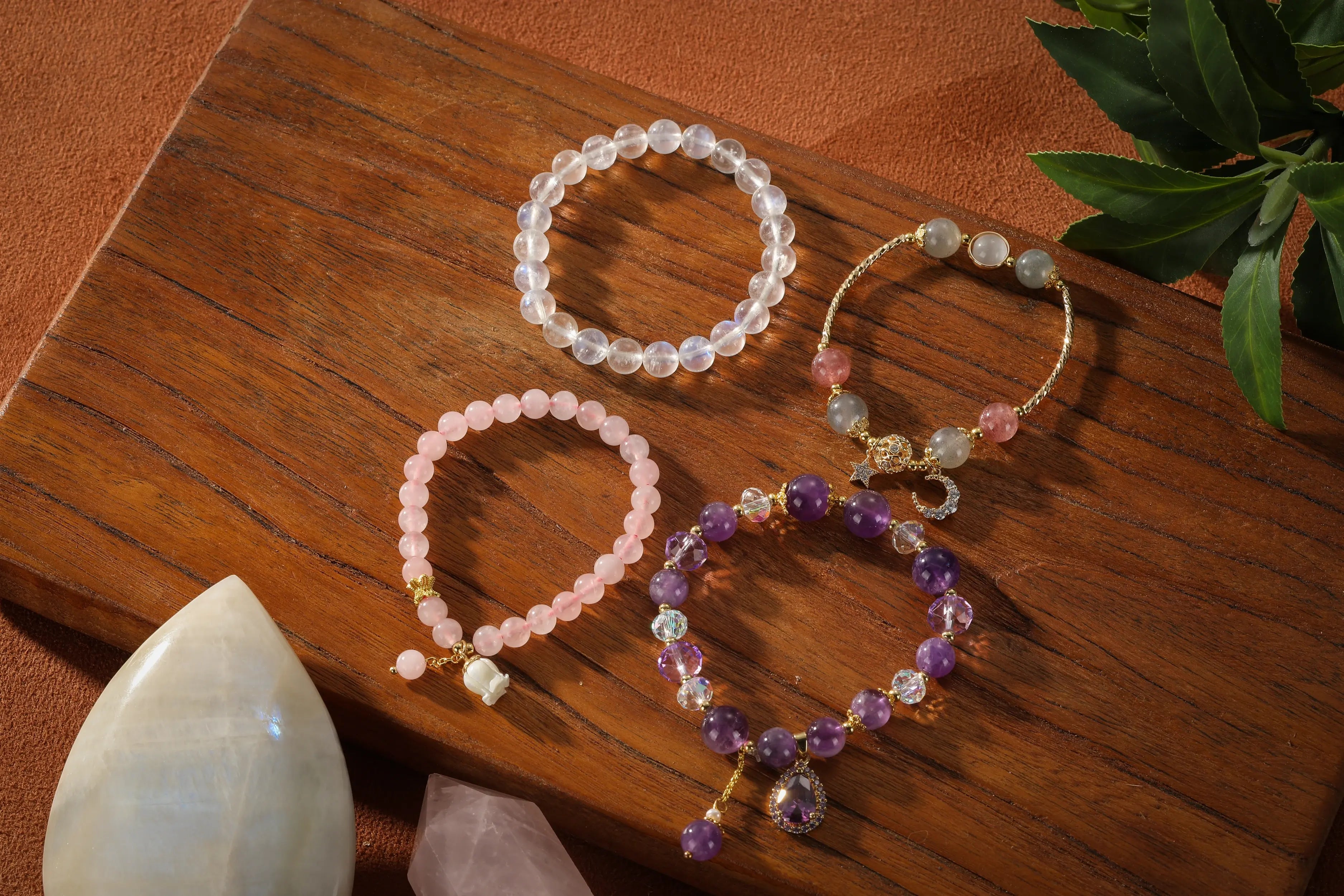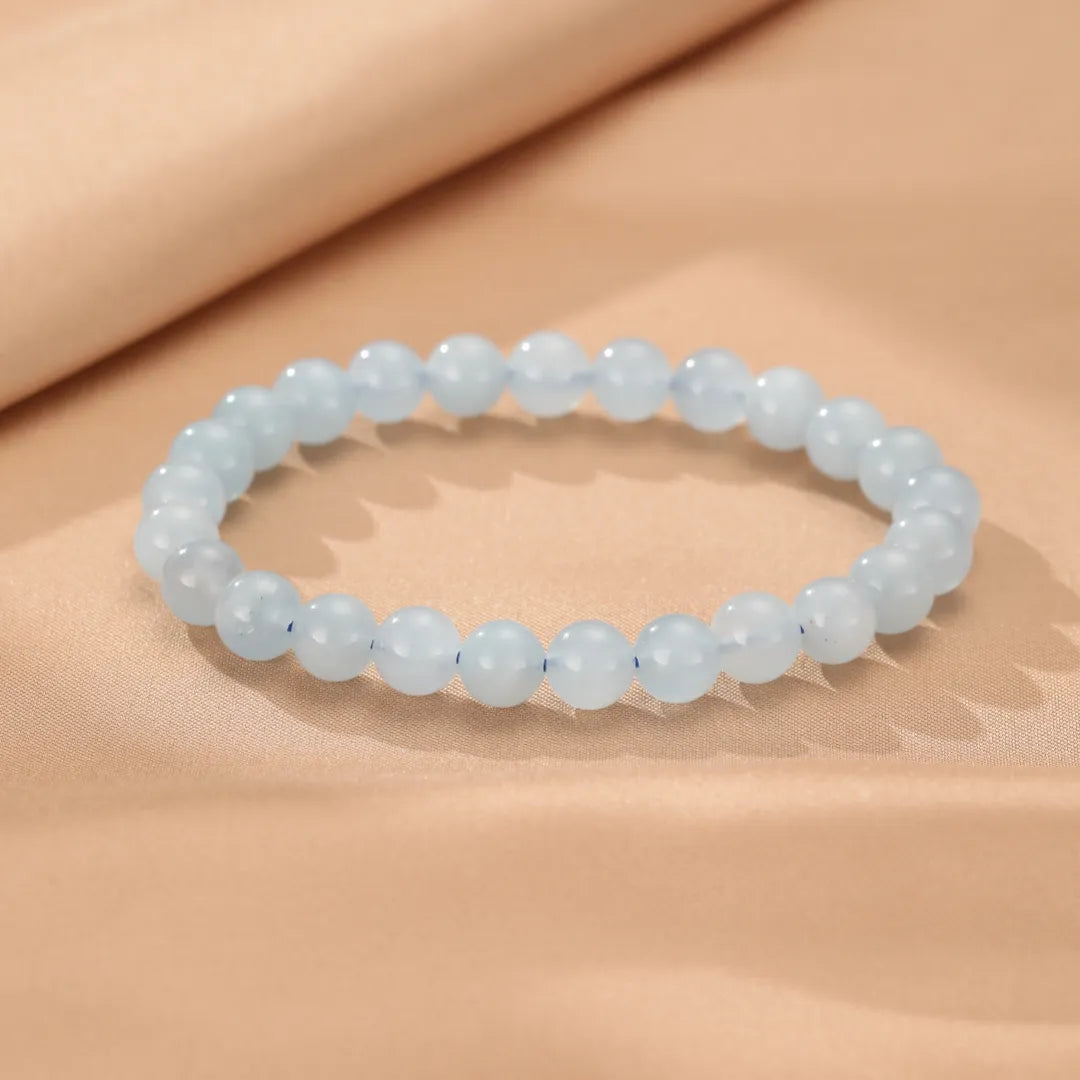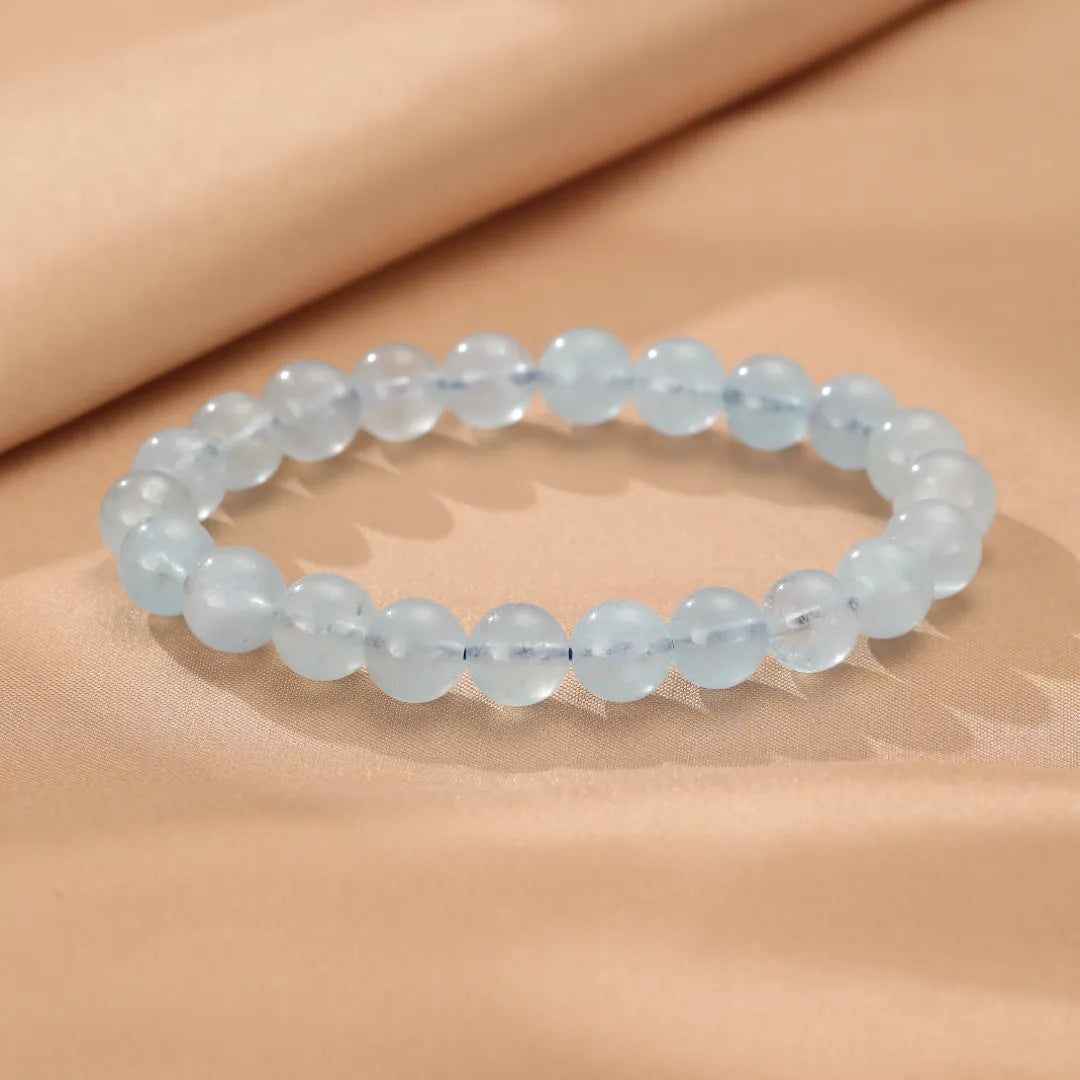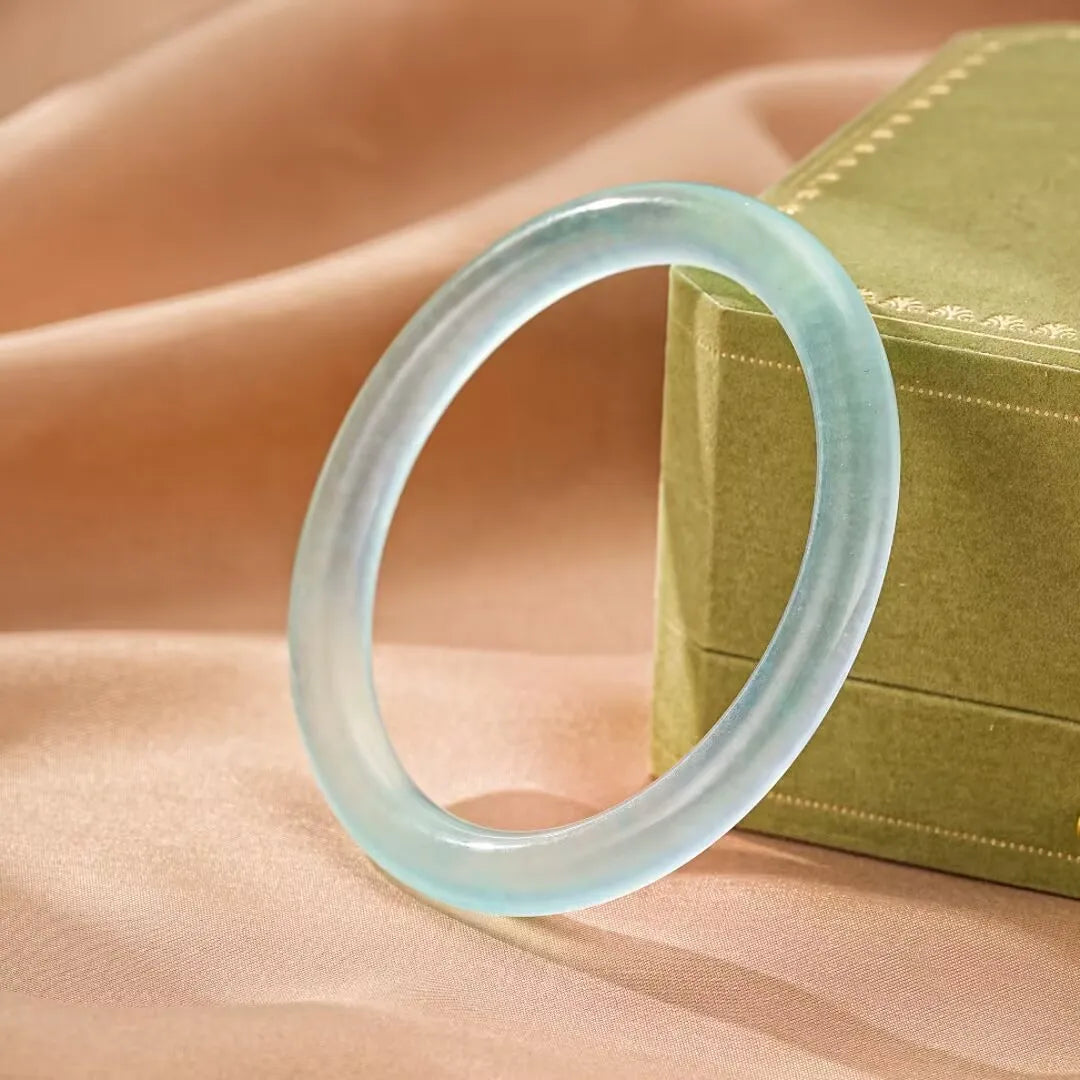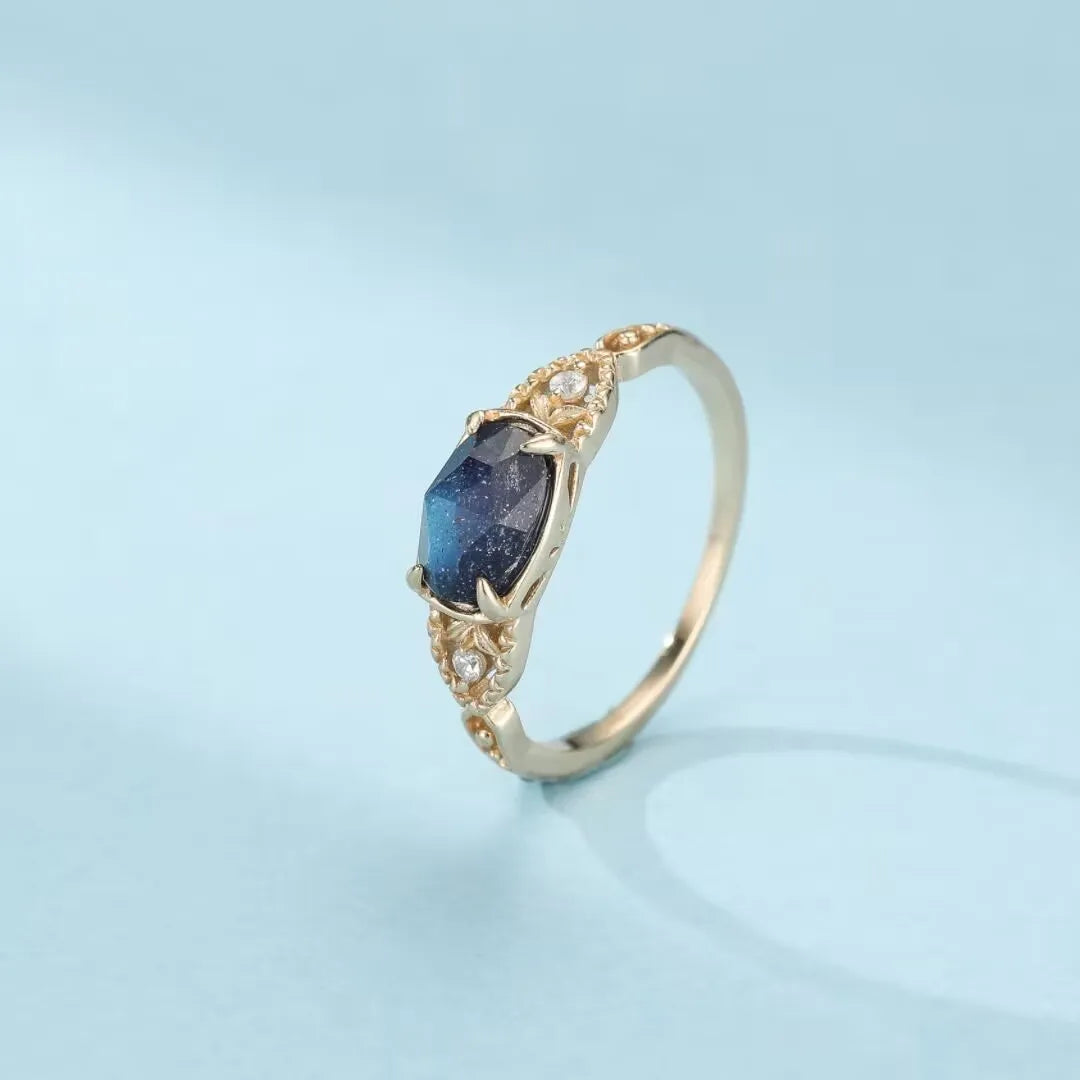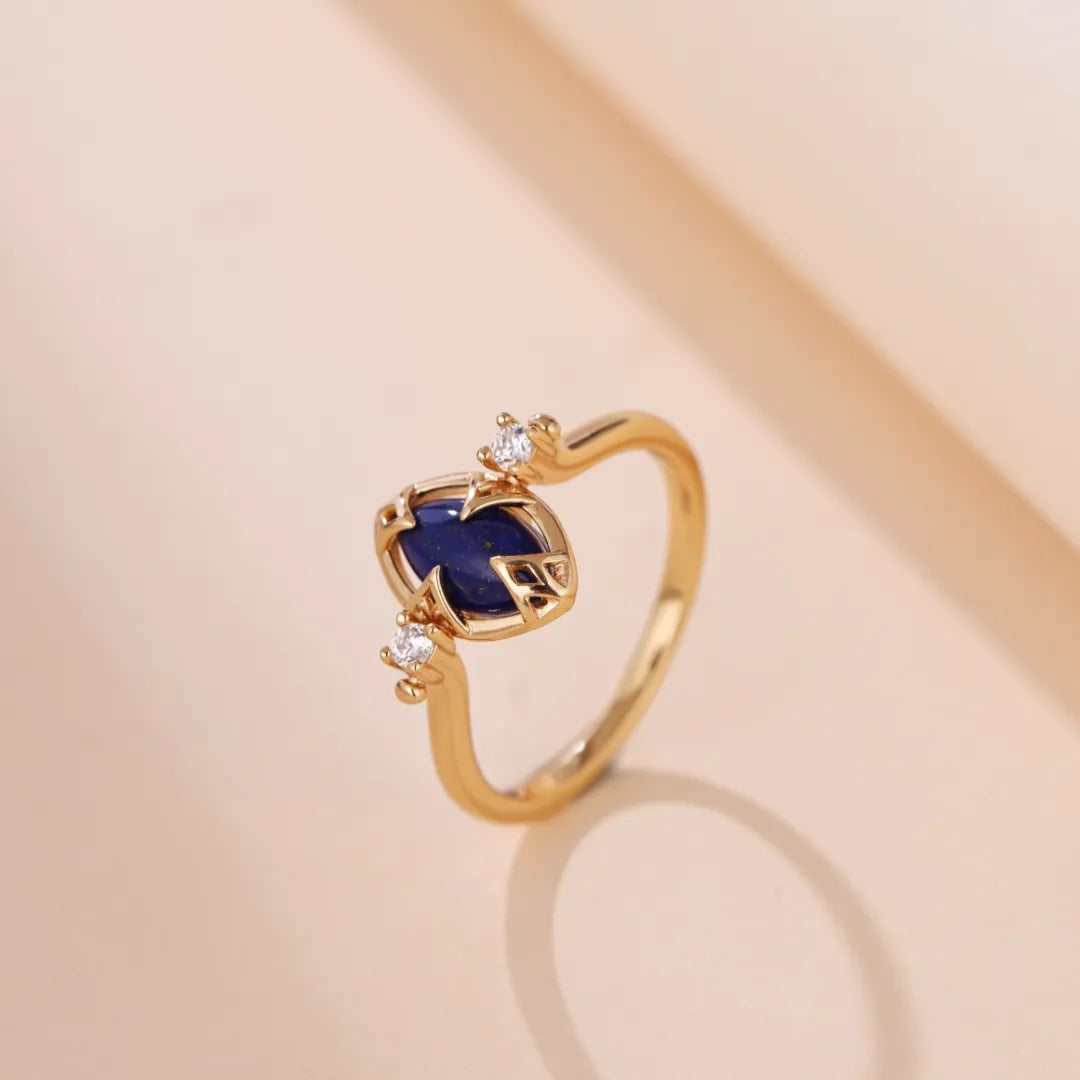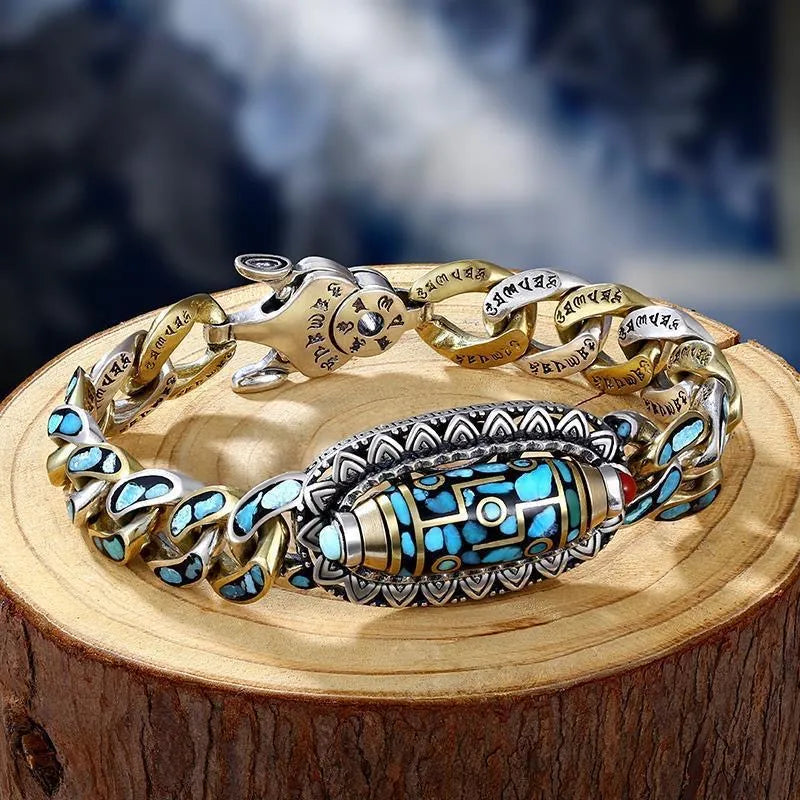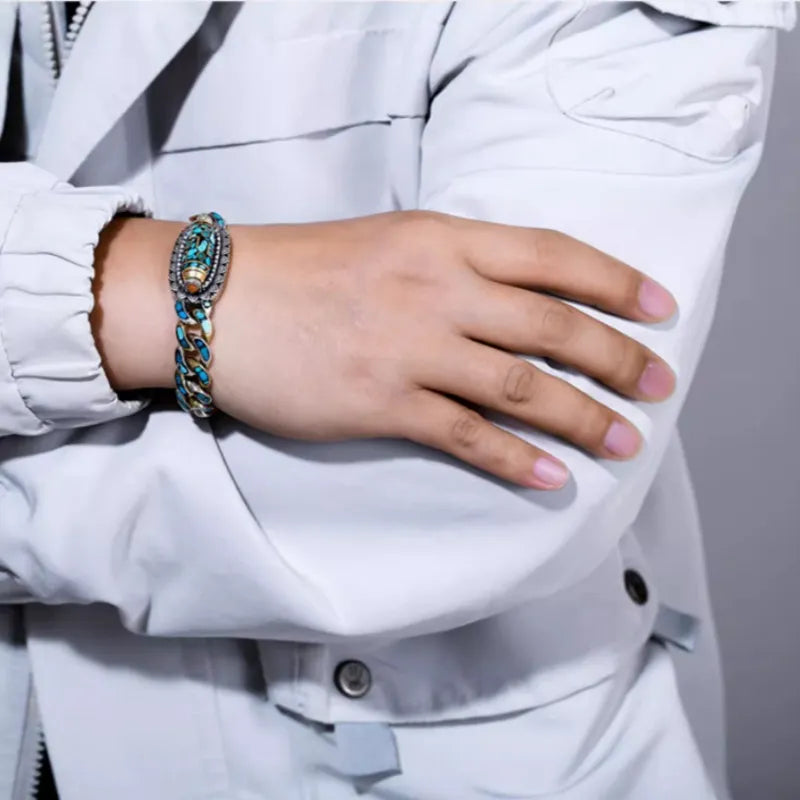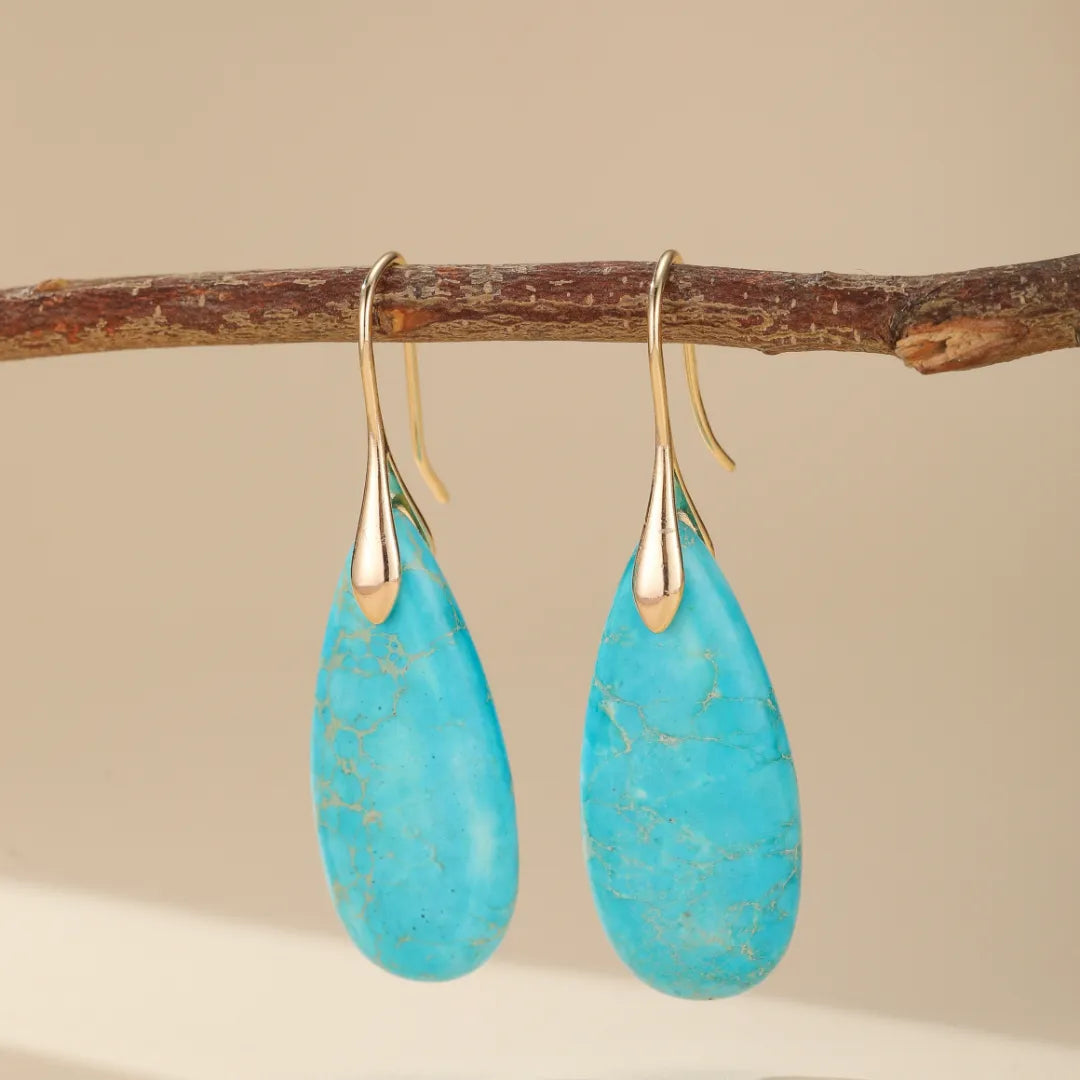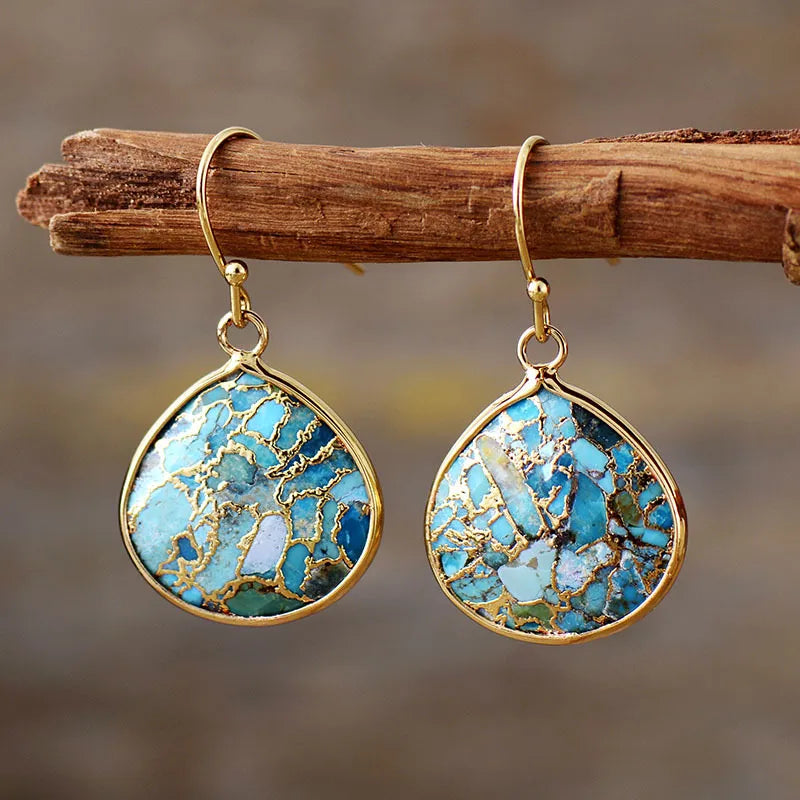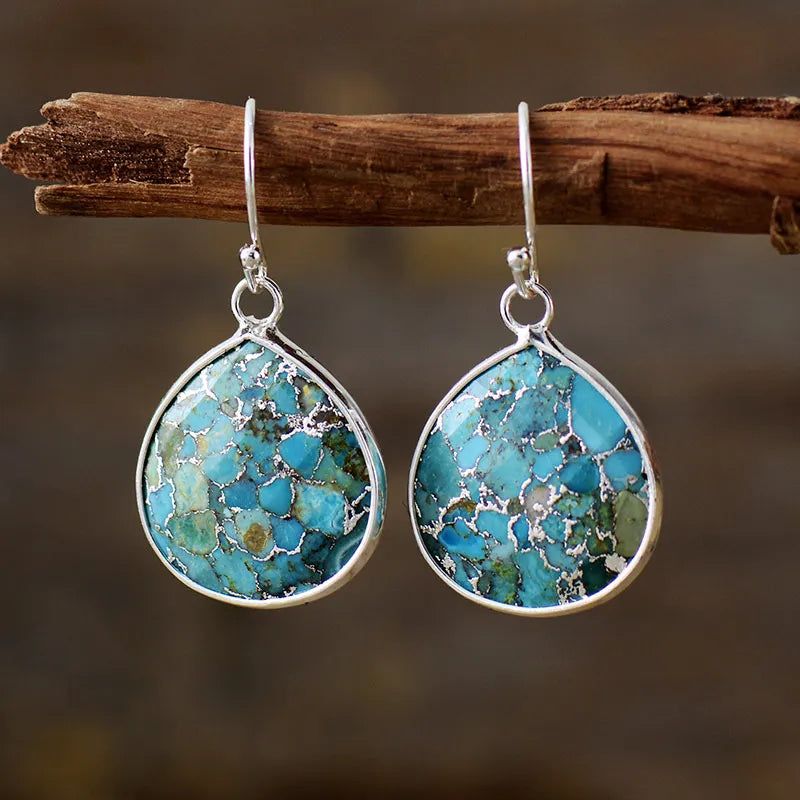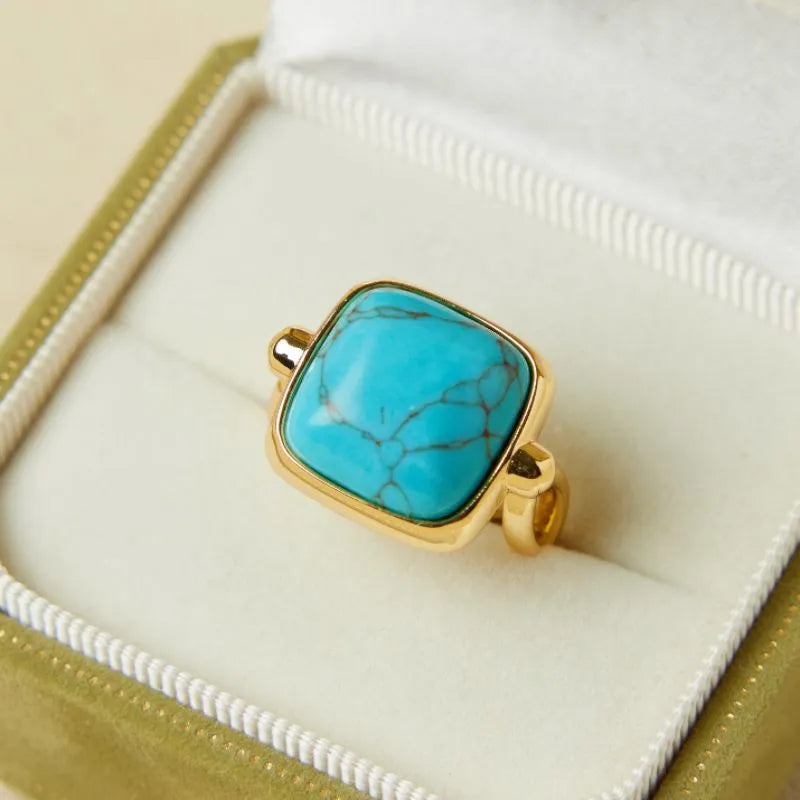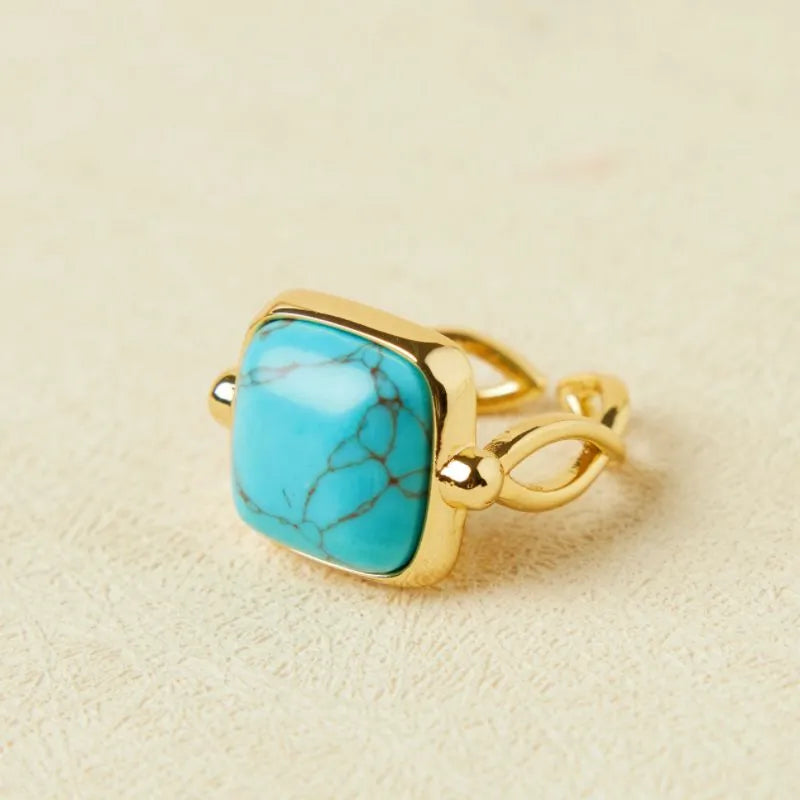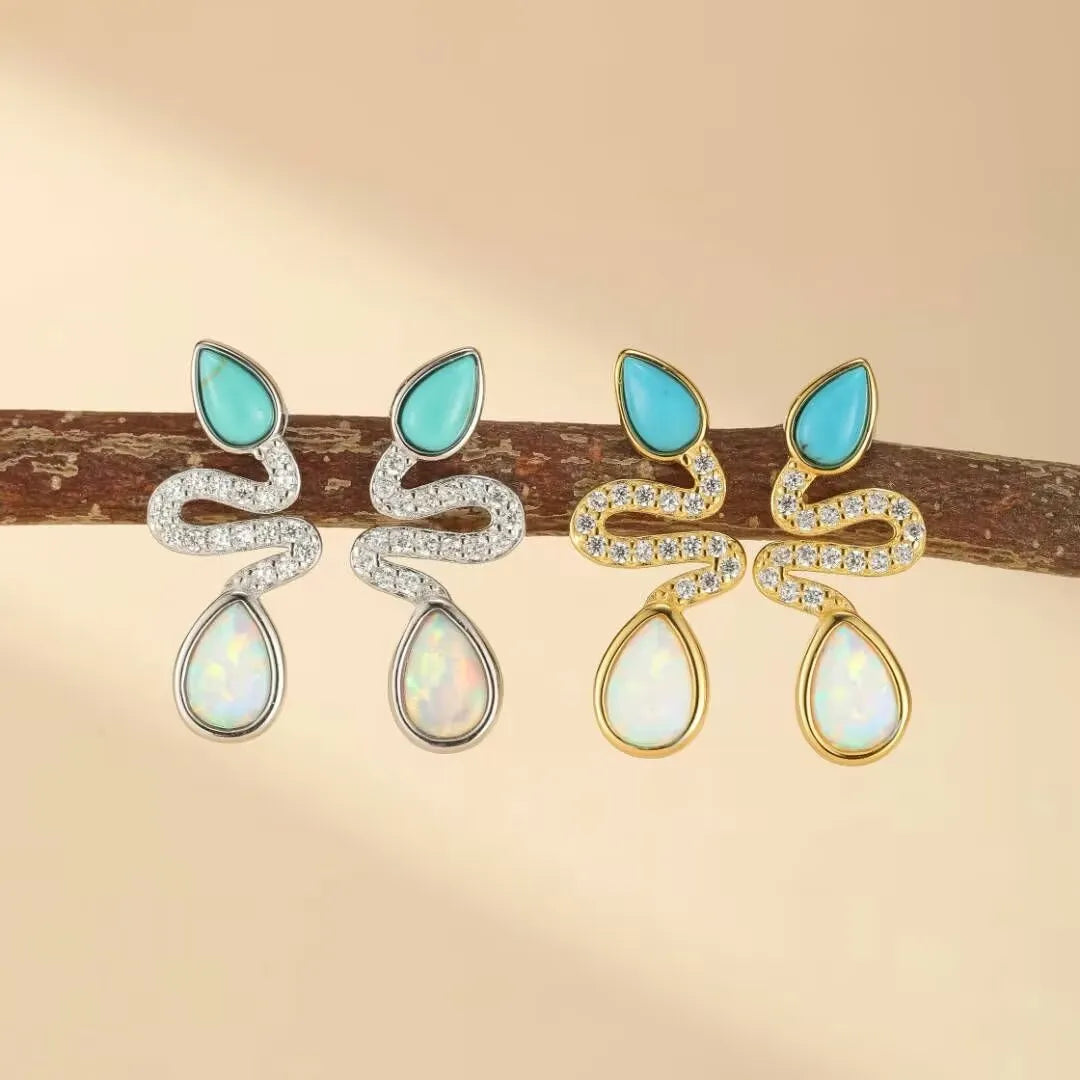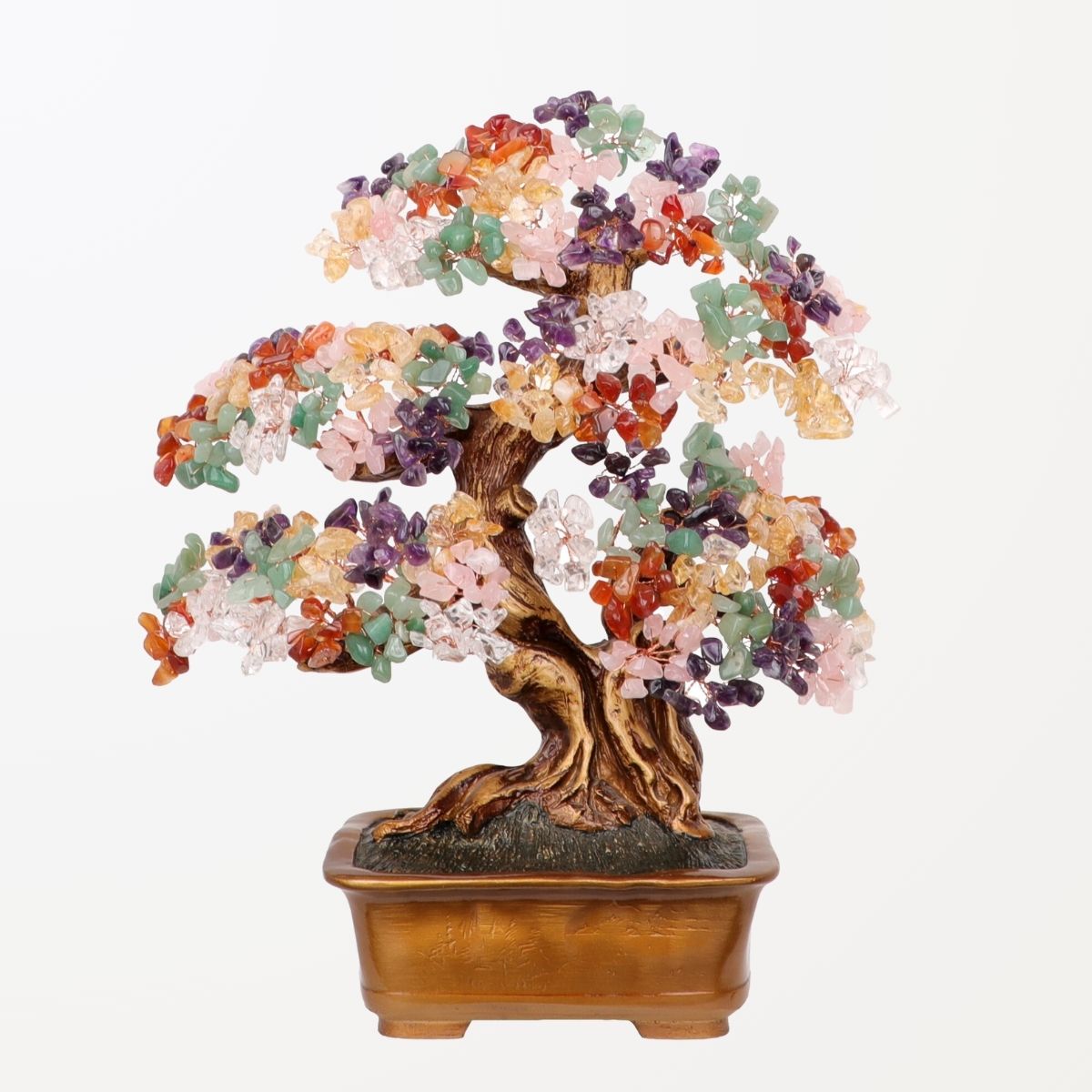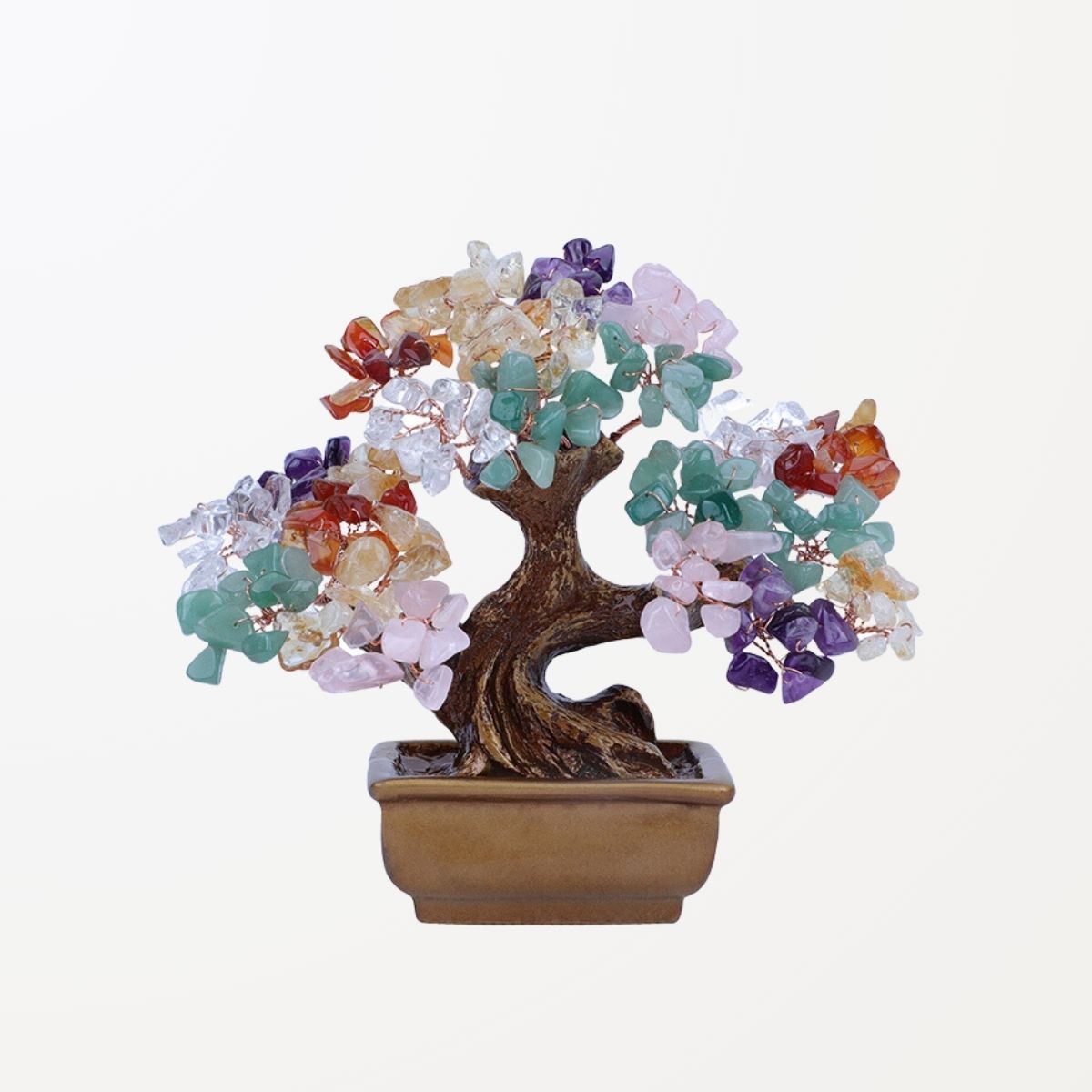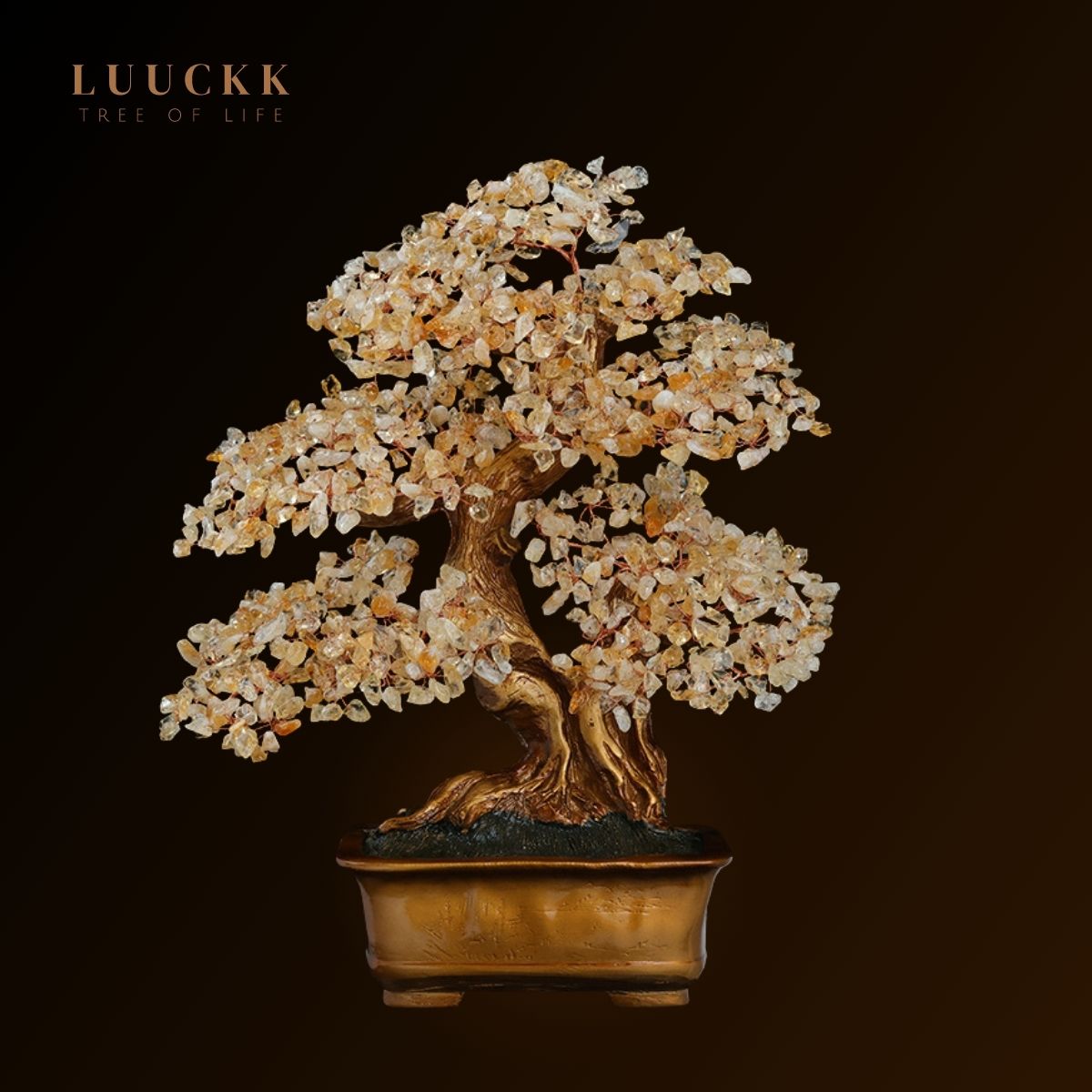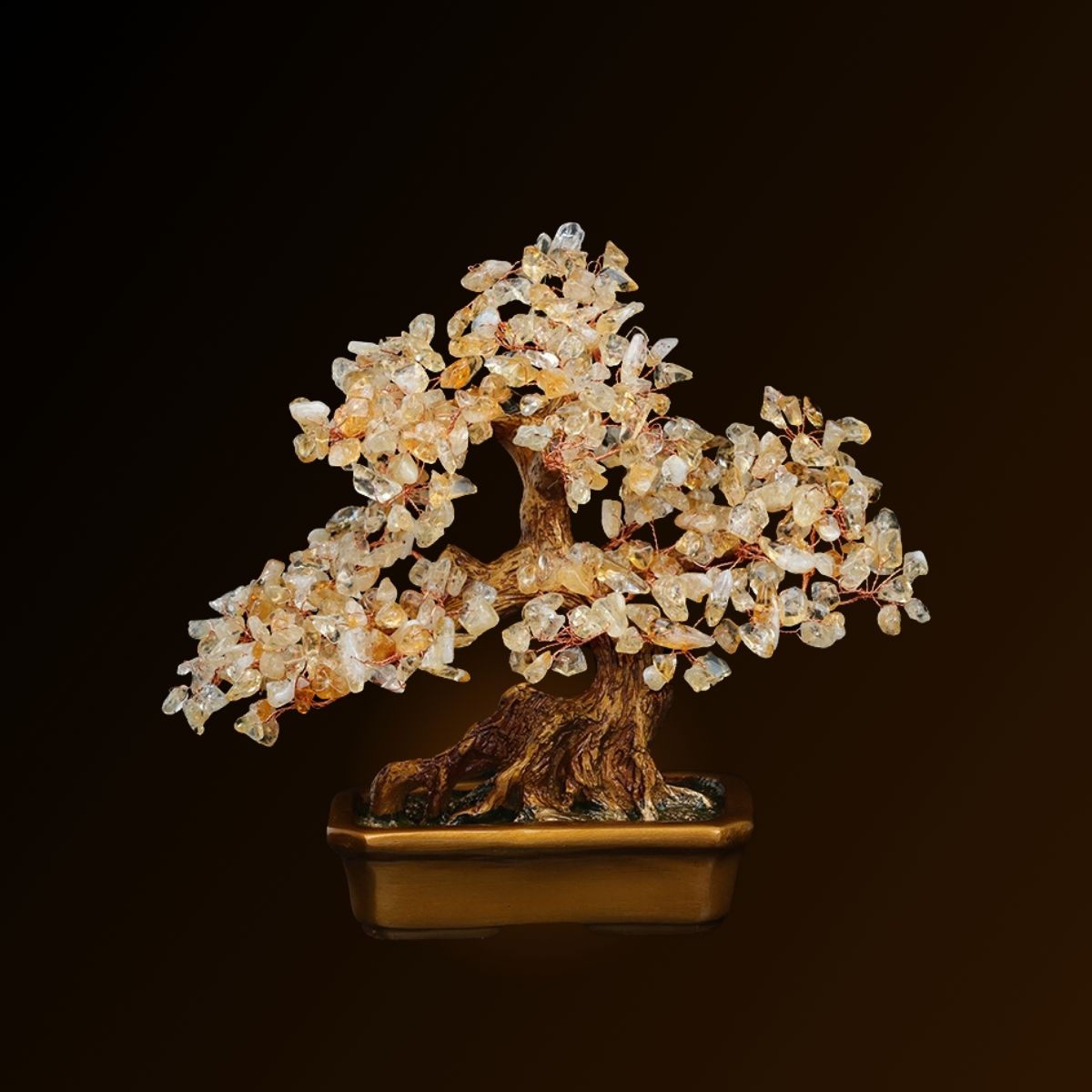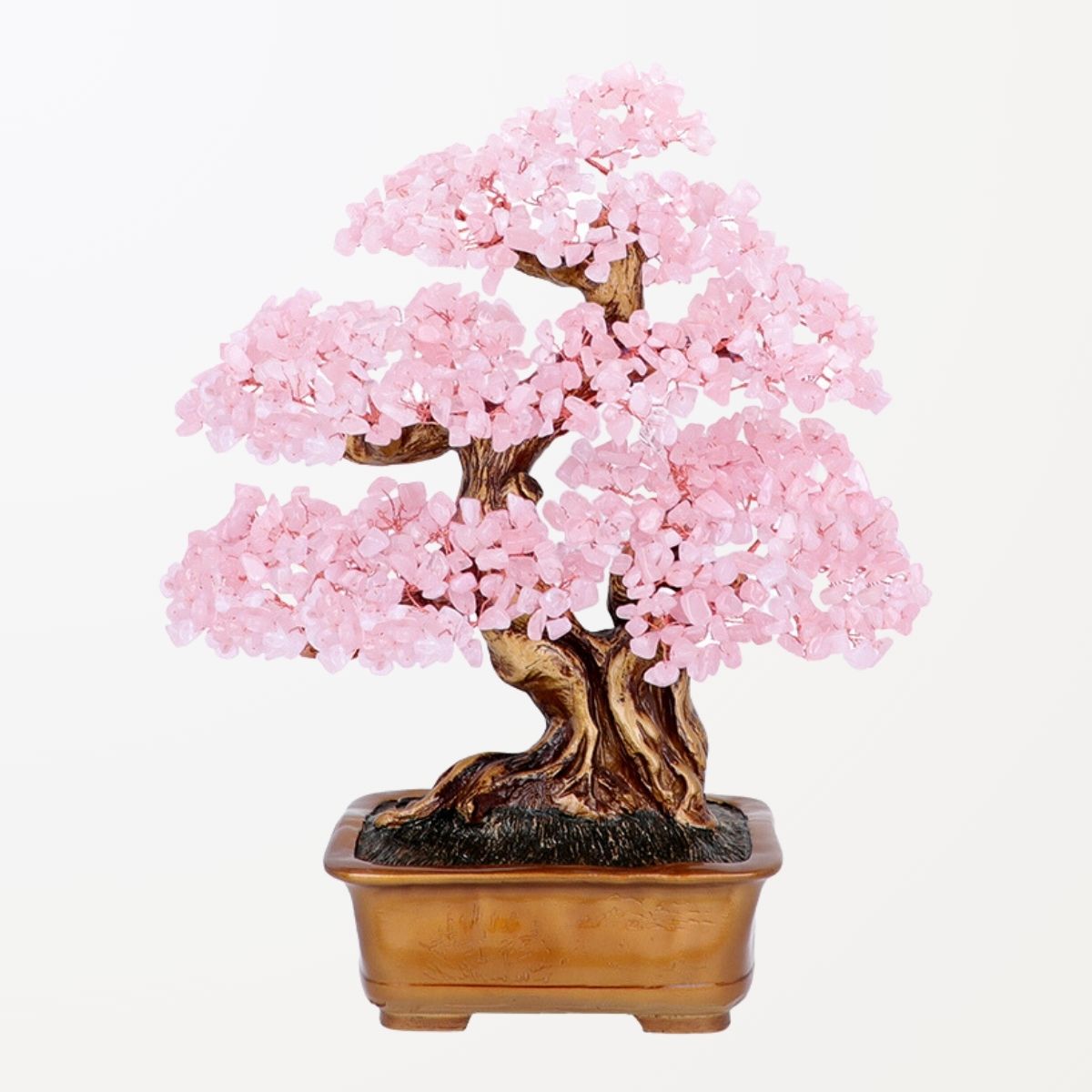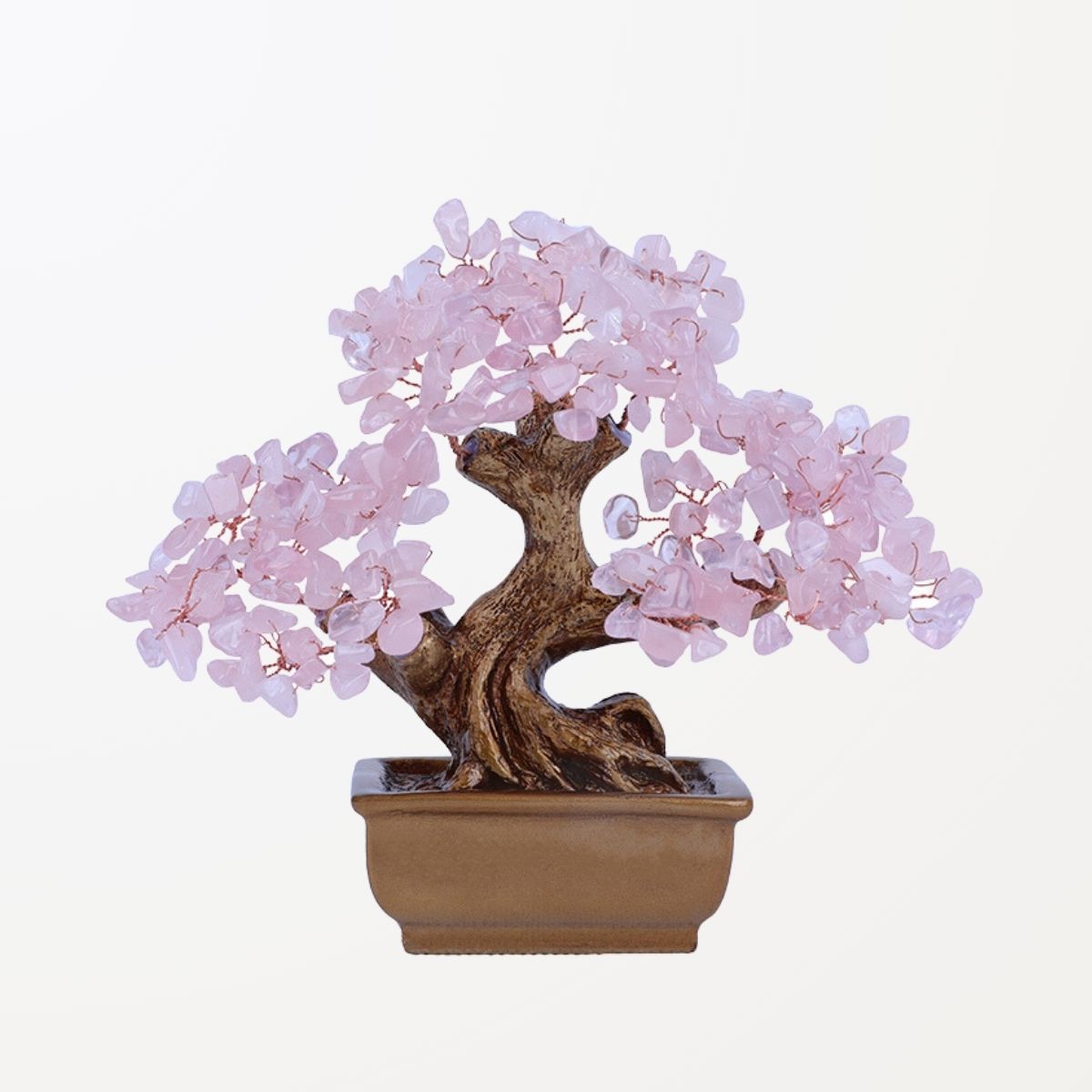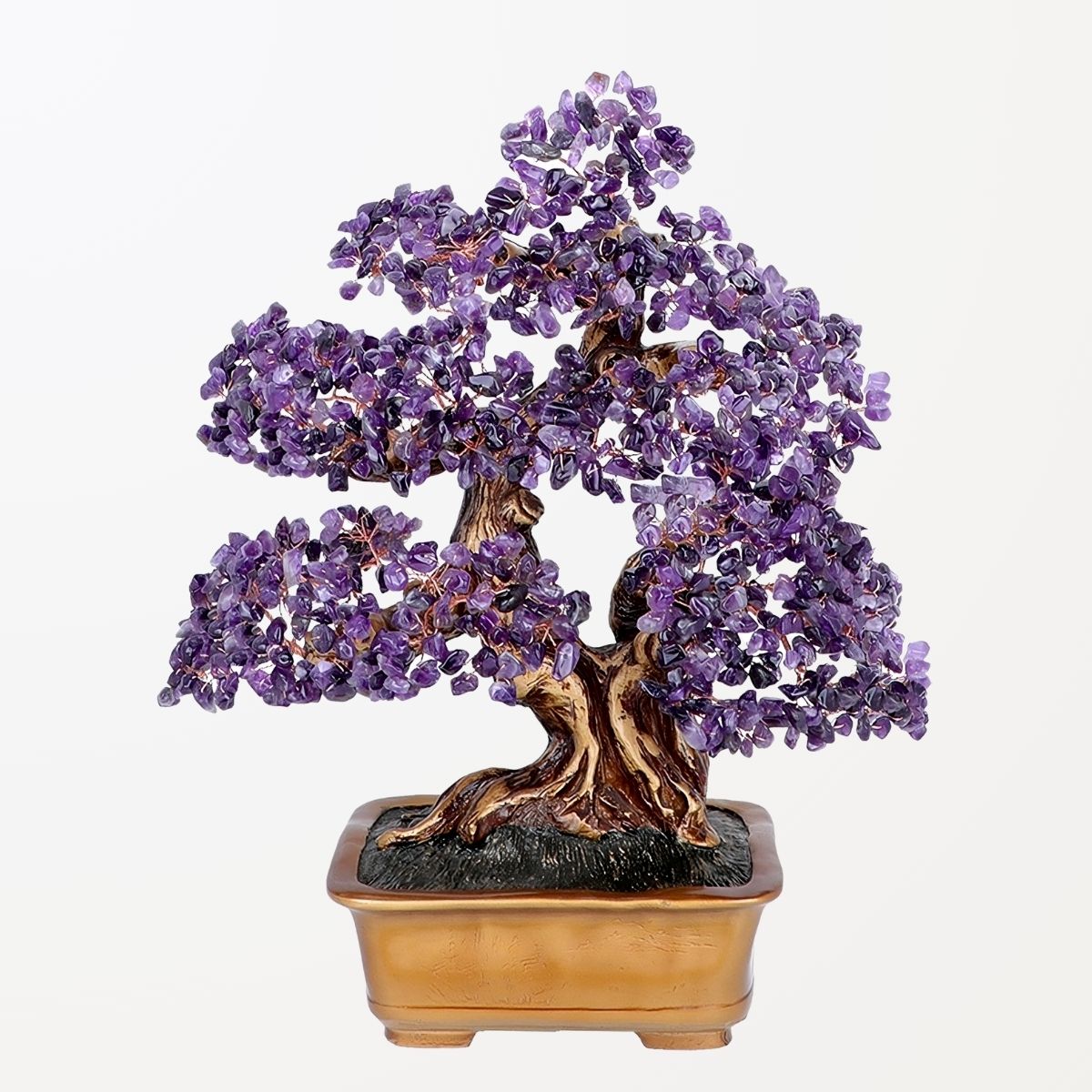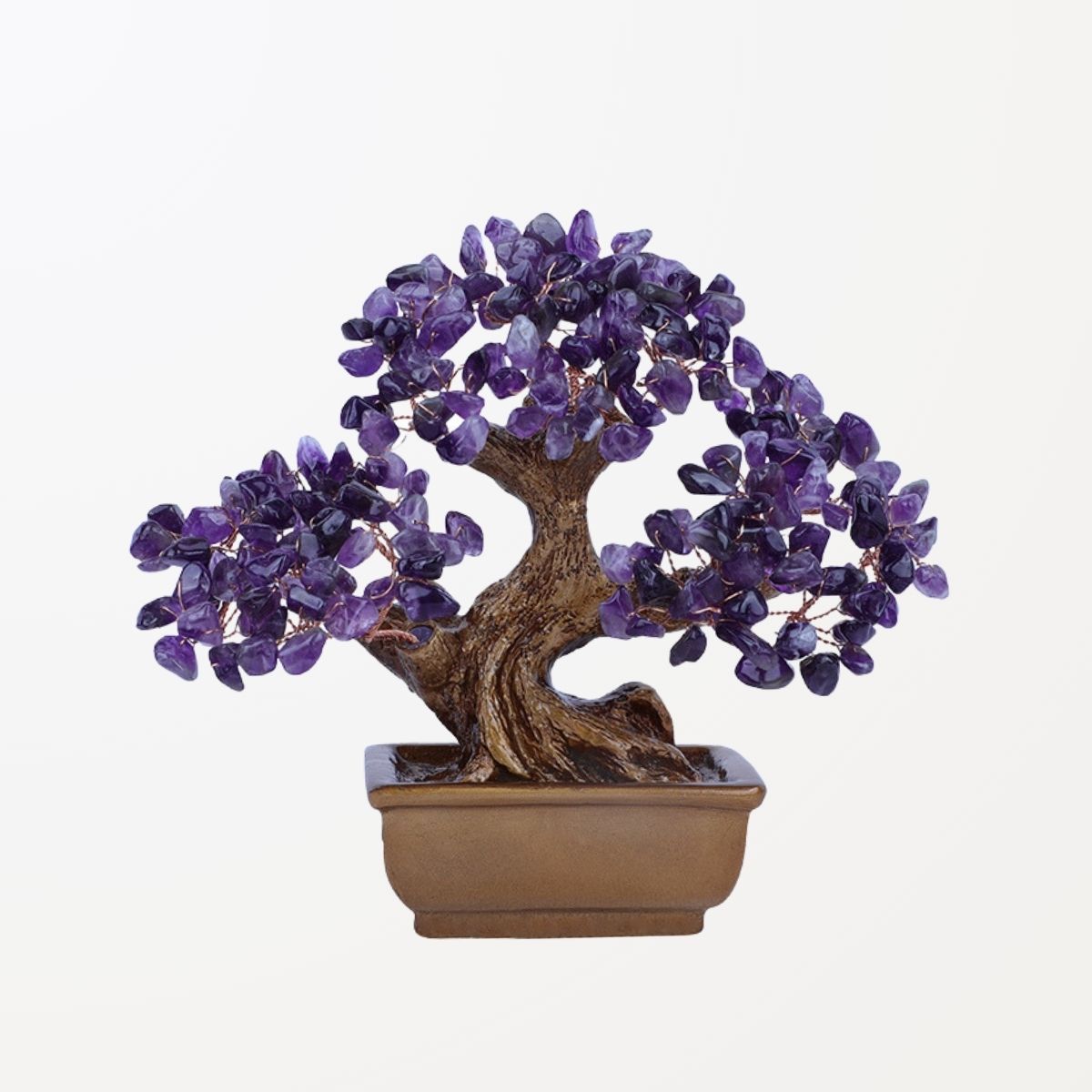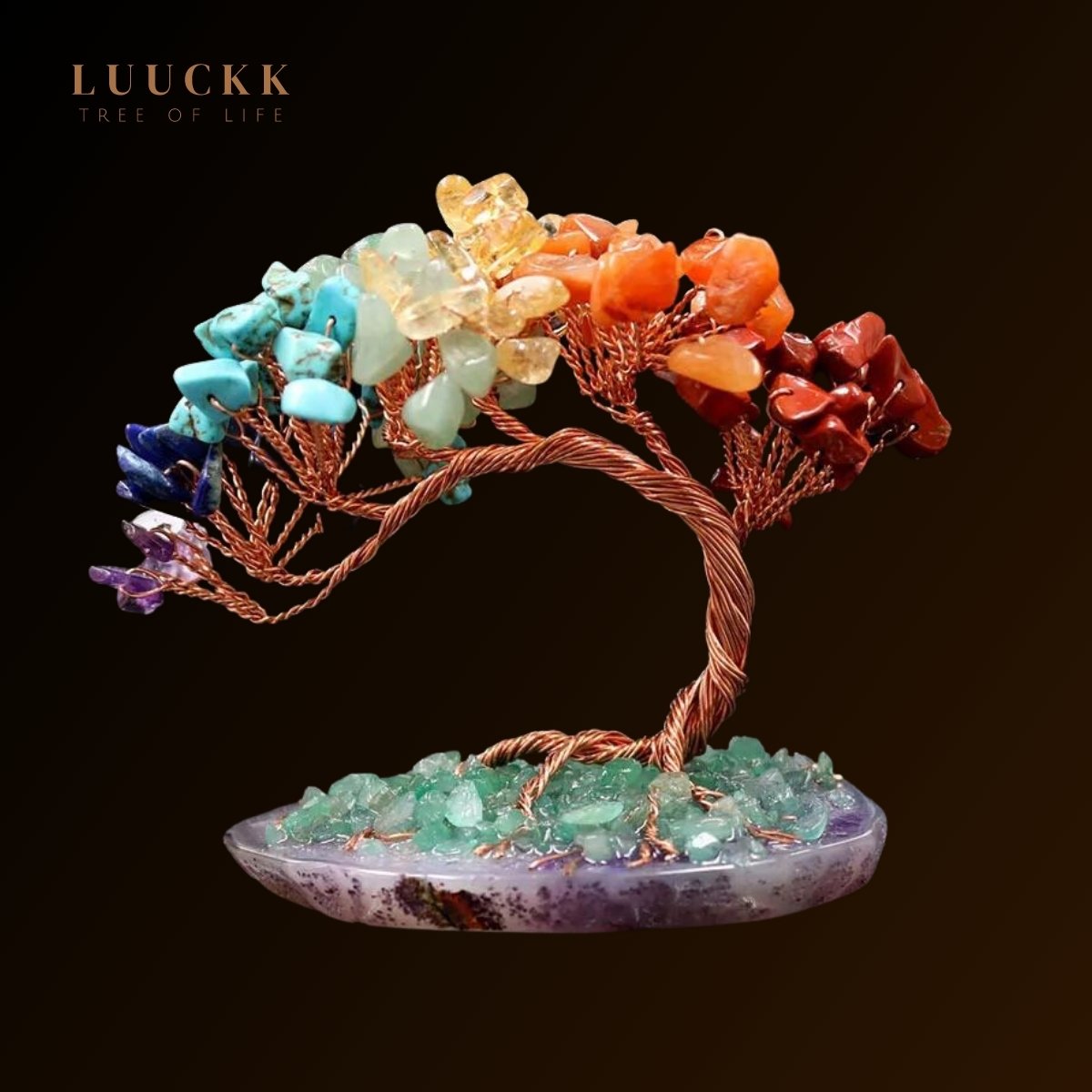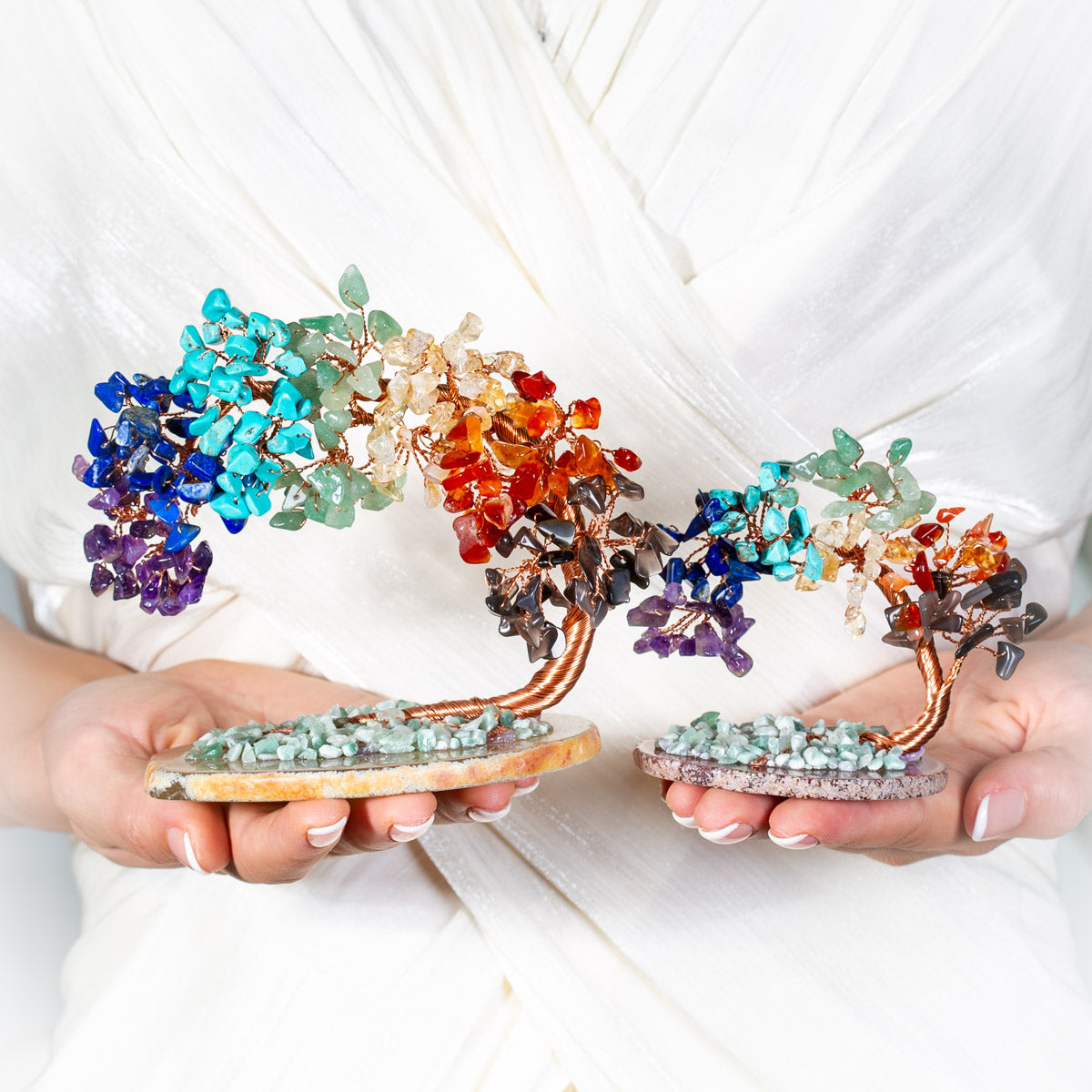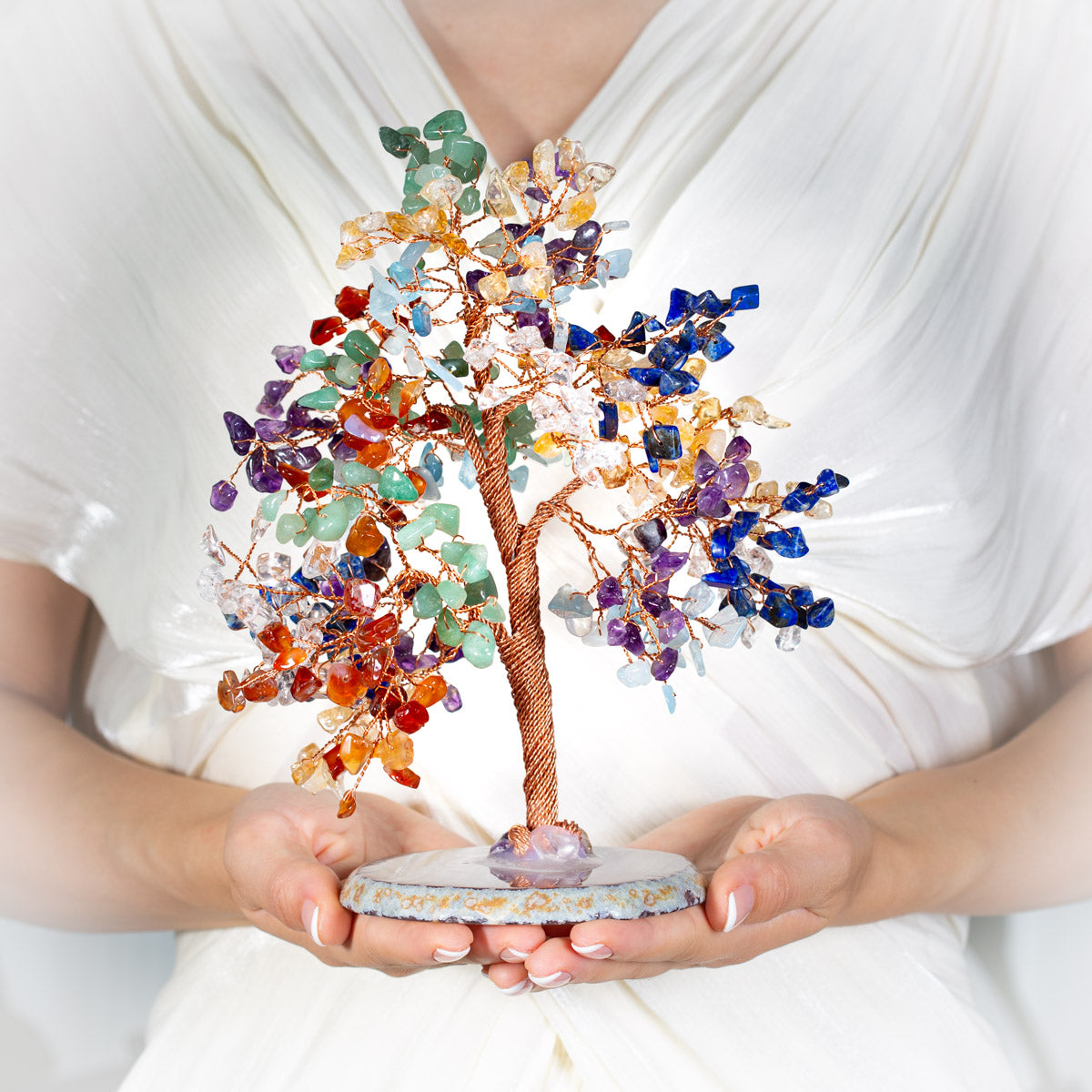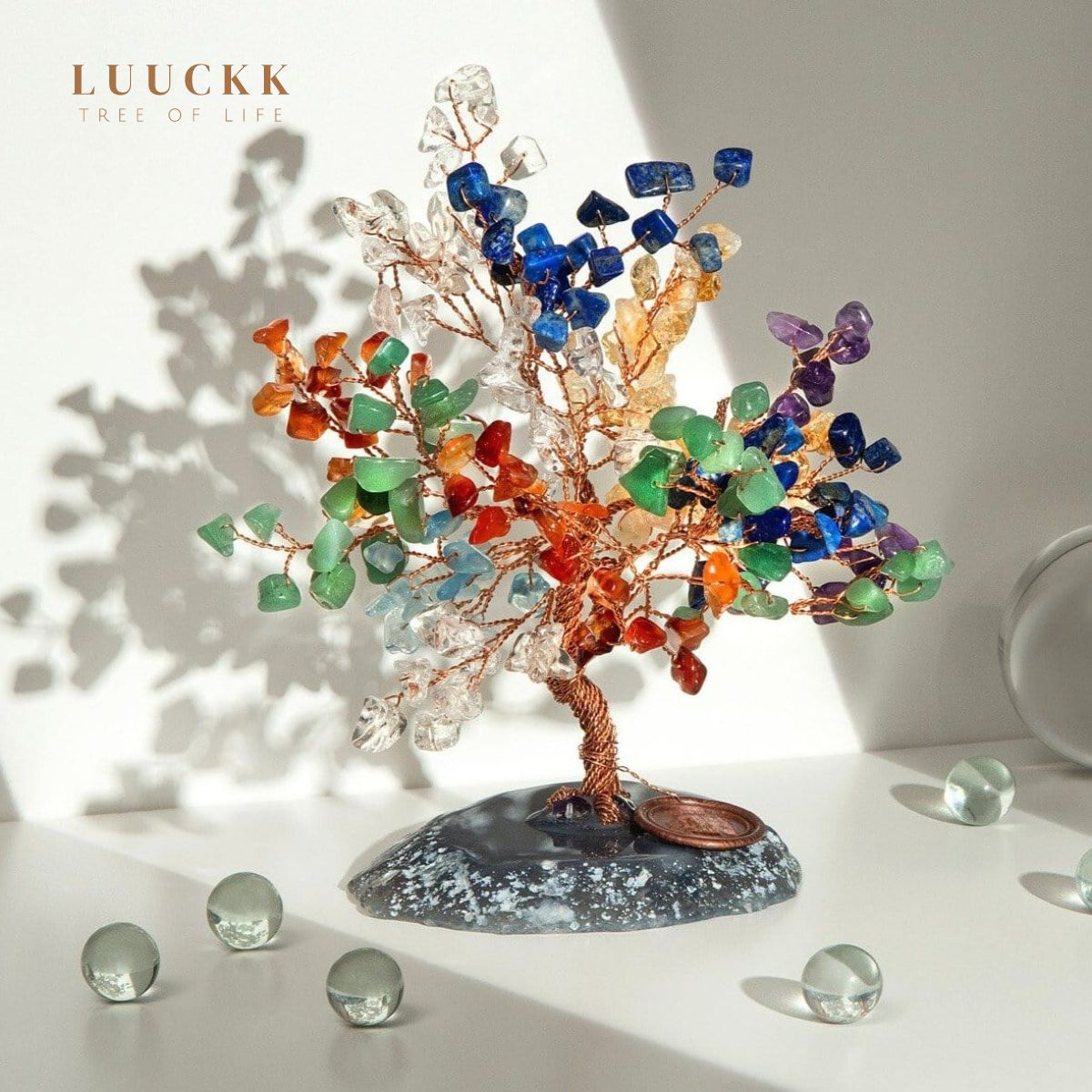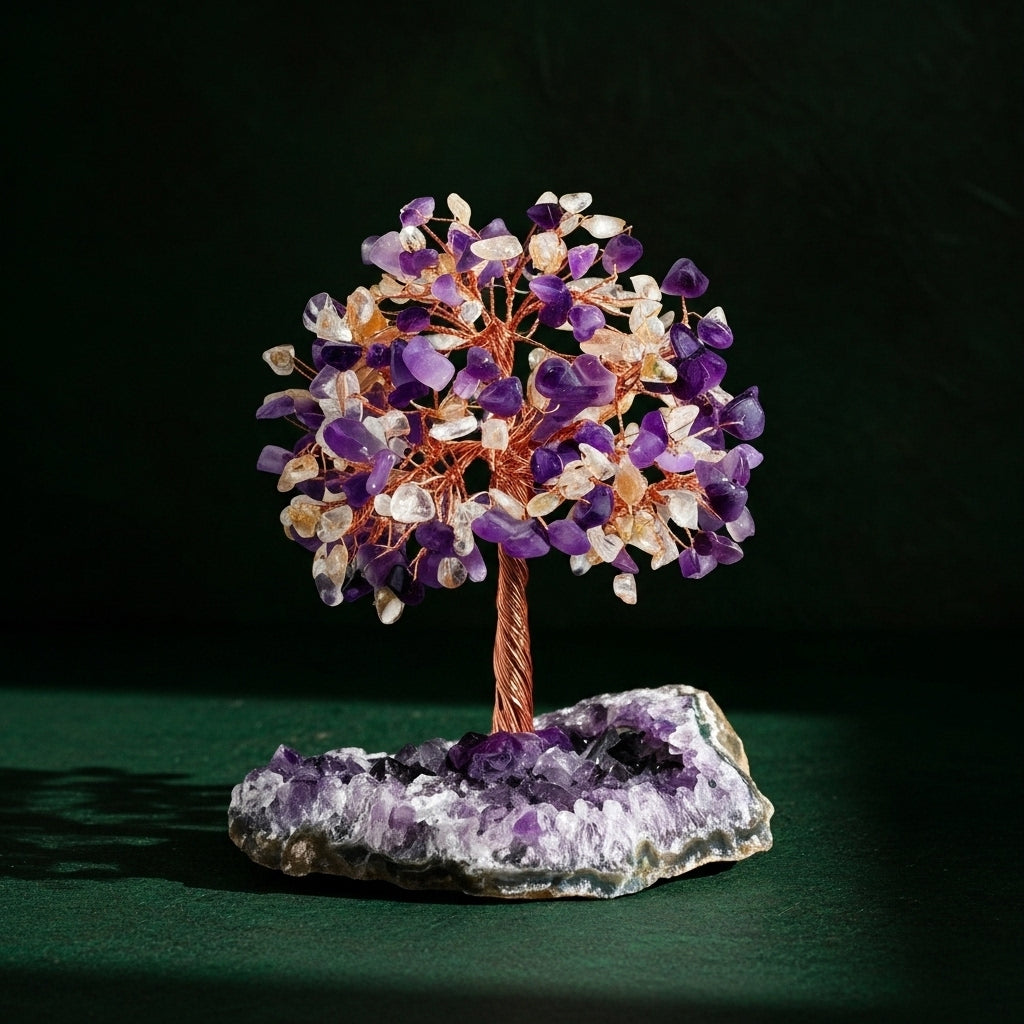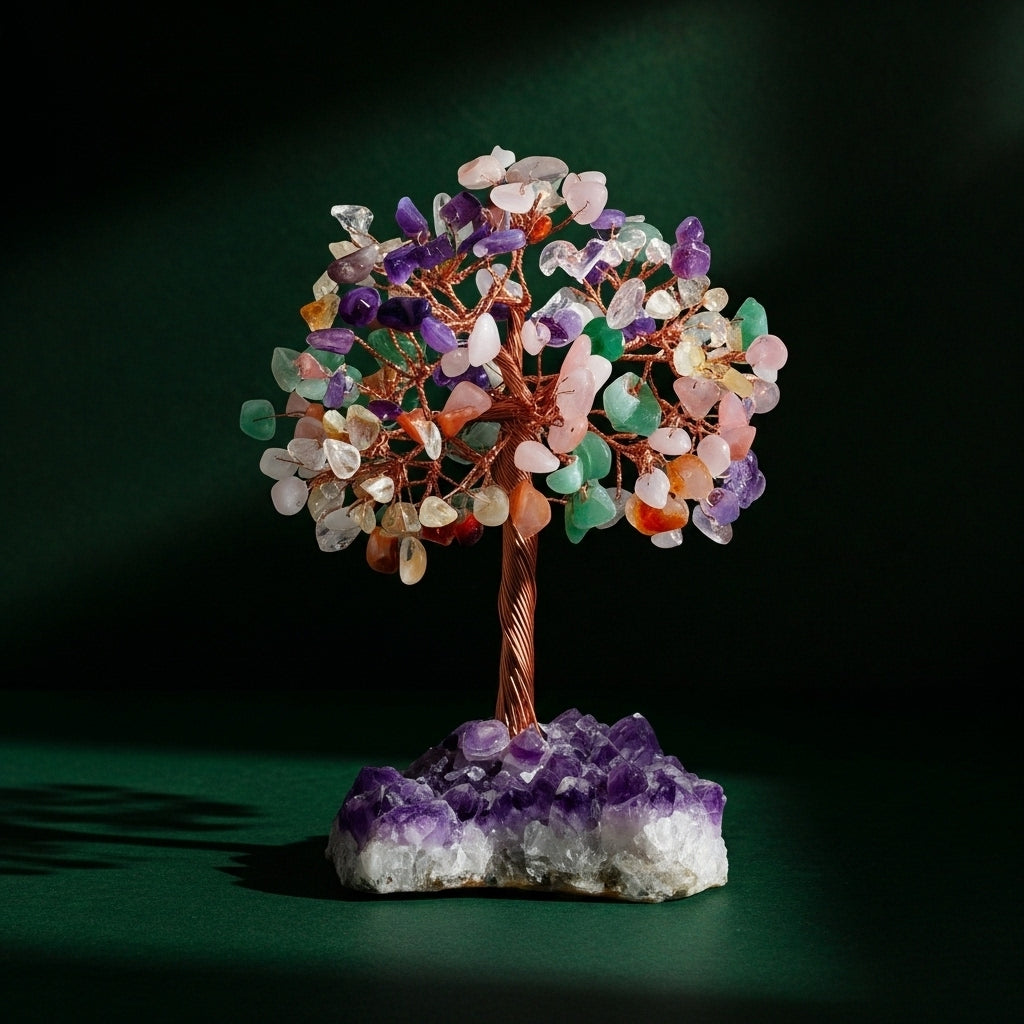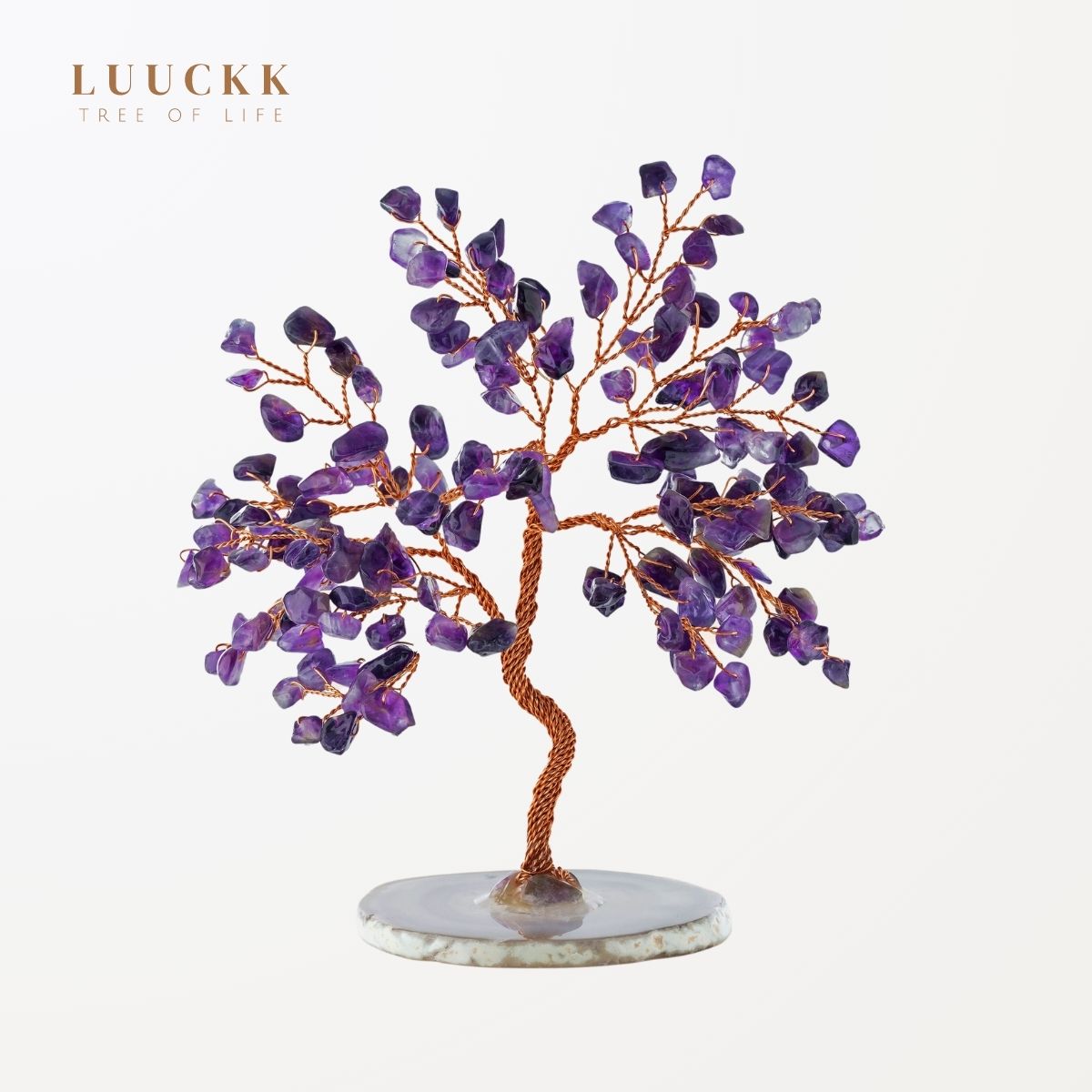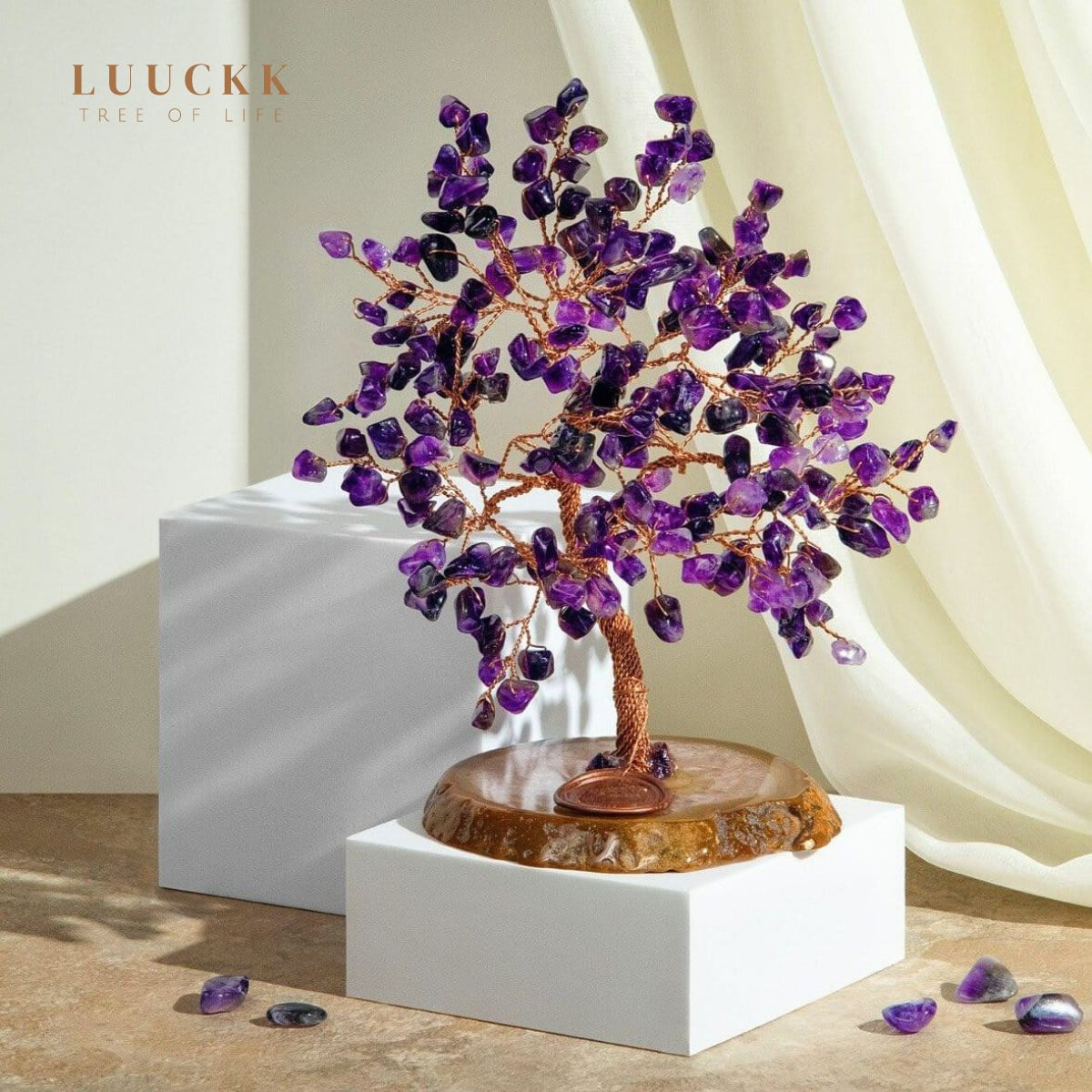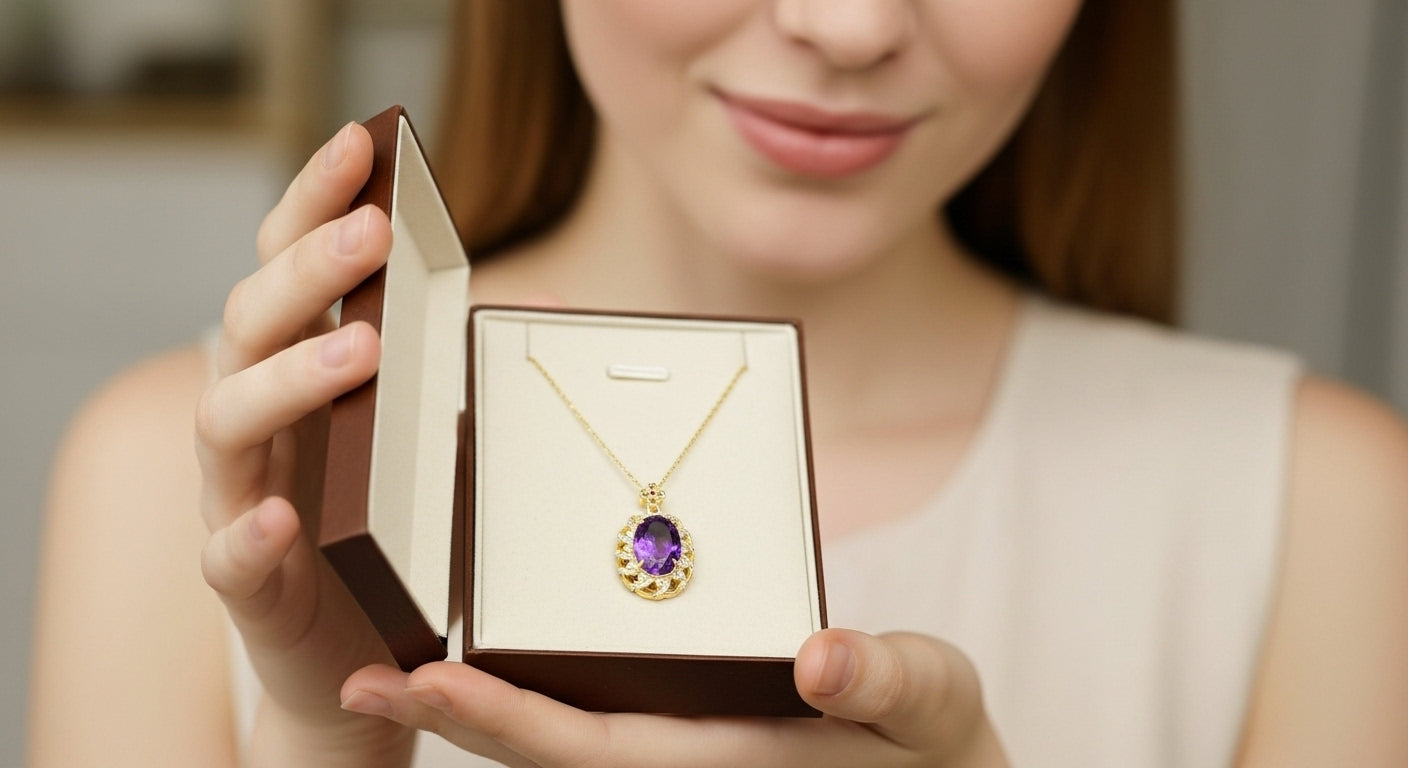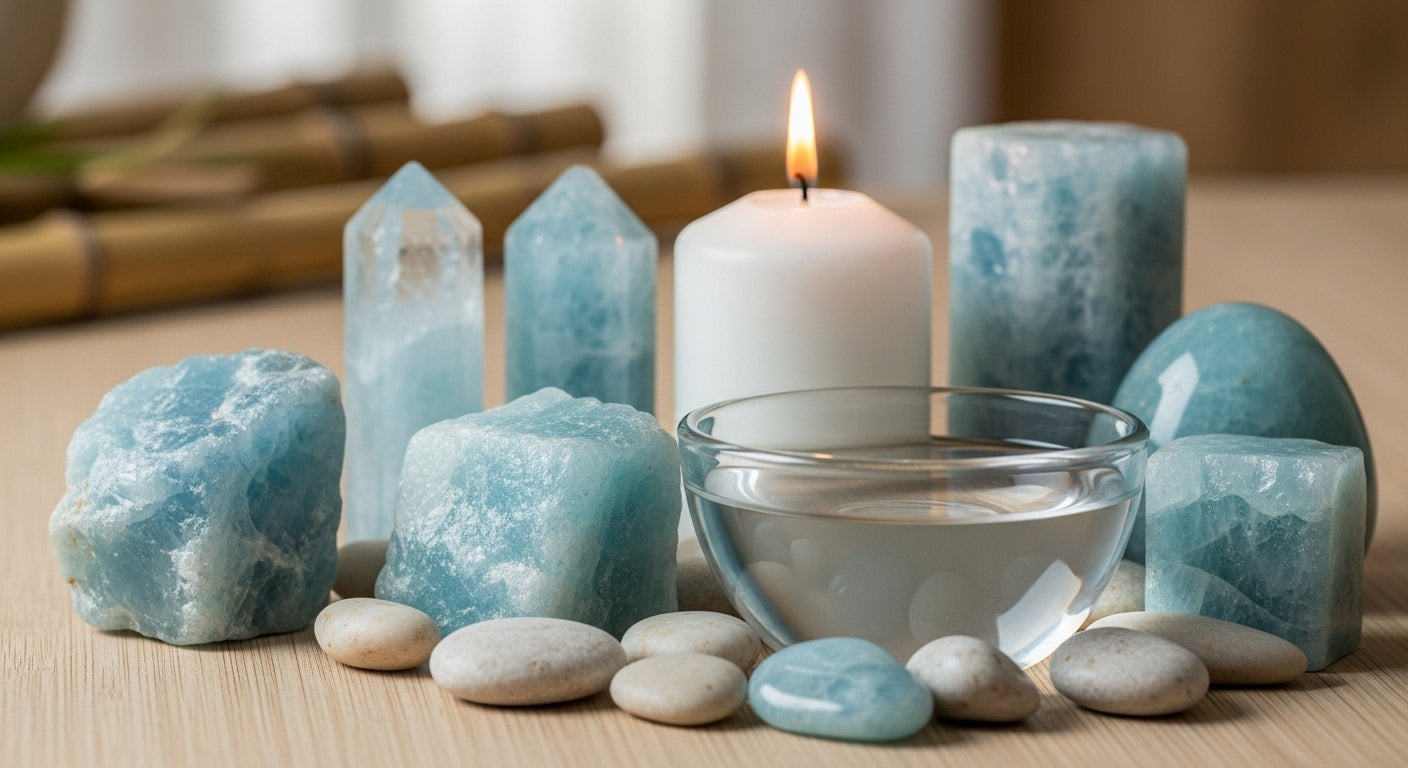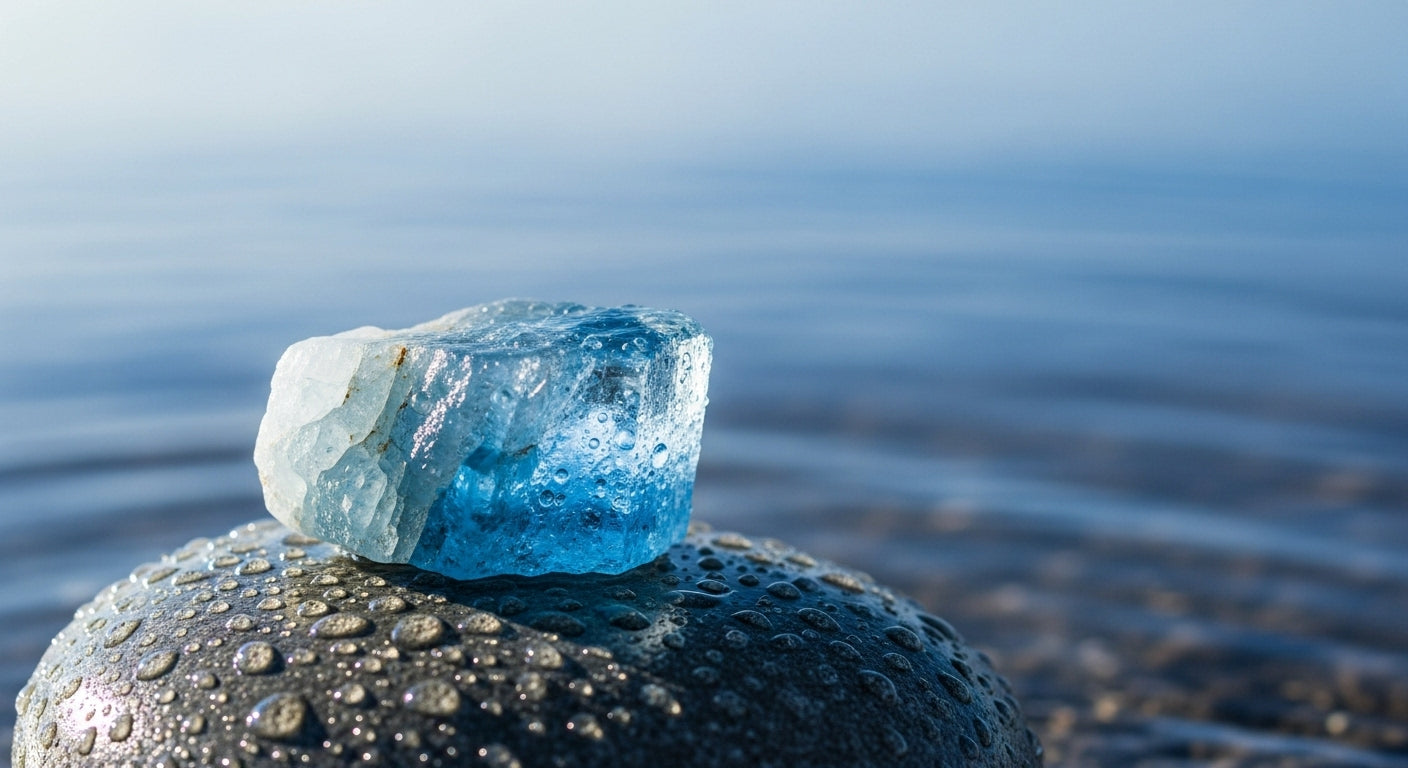
All About Aquamarine: An Inspiring and Protective Gemstone
Aquamarine, with its captivating shades ranging from light blue to deep blue, is far more than just a gemstone. It is a natural stone that has fascinated for centuries with its beauty and benefits. A symbol of serenity, inspiration, and protection, it has accompanied sailors, mystics, and gemstone enthusiasts in their journeys through the ages. Associated with the element of water, it evokes the tranquility of lagoons and the power of the oceans, offering soothing and balancing properties.
In this article, let’s dive into the wonderful world of aquamarine to uncover its origins, unique properties, benefits in crystal healing, and the various ways to integrate it into your daily life. Whether you are a jewelry lover, a crystal healing enthusiast, or simply curious, you will discover everything about this inspiring and protective natural stone.
Origin and History of Aquamarine
Aquamarine is no ordinary stone: it is steeped in history and symbolism, making it a fascinating and precious natural gemstone. For centuries, it has been admired for its dazzling beauty and association with aquatic elements. Let’s revisit its origins, symbolism, and the places where it forms.
Etymology and Meaning
The name aquamarine comes directly from the Latin aqua marina, meaning "sea water." This poetic name perfectly reflects the subtle blue hues found in the stone, evoking the transparency and serenity of tropical lagoons. It is no coincidence that this stone has always been associated with the element of water and its purifying power.
Since ancient times, aquamarine was perceived as a protective stone. Roman sailors, for instance, often carried it during their voyages to protect themselves from storms and shipwrecks. They firmly believed that this stone had been deposited on the shores by mermaids themselves, as a gift from the sea. This belief reinforced its role as a talisman against marine dangers.
But the etymology alone does not explain the aura of mystery surrounding aquamarine. Its color, oscillating between sky blue and deep blue, also symbolizes inner peace and clarity of mind. Even today, it is often given as a gift symbolizing sincerity and loyalty.

Legends and Symbolism
Aquamarine has always been surrounded by captivating legends from various traditions worldwide. In Greek mythology, this stone was closely associated with Poseidon, the god of the seas. According to legend, it was found in the treasures of aquatic nymphs and mermaids, which explains its association with the sea and its protective benefits.
The Romans considered it a stone of love and fidelity. They believed it had the power to strengthen marital bonds and reconcile couples in disagreement. Offering aquamarine was thus a symbolic way of renewing vows of love and friendship.
During the Middle Ages, aquamarine took on a slightly different symbolic role, becoming a stone of intuition and clairvoyance. Diviners and magicians used it to predict the future, especially for significant decisions or journeys. Knights also incorporated it into their amulets, believing it would protect them on the battlefield. In some Asian cultures, it was seen as a bridge between the energy of water and air, thus promoting serenity and spiritual balance.
Even today, aquamarine retains its status as a protective and soothing stone. In modern crystal healing, it is often used as a symbol of harmony, sincere expression, and courage.

Formation and Sources
Aquamarine is a variety of beryl, just like emerald. However, unlike its green cousin, aquamarine stands out for its light and bright shades, ranging from pastel blue to deep blue. Its color is due to traces of iron in its crystal structure, which gives the stone its distinctive sparkle.
The formation of aquamarine is a fascinating geological process. It forms in granitic rocks rich in silica and aluminum under high temperatures and intense pressure. These specific geological conditions are responsible for the stone's purity and clarity.
Aquamarine deposits are scattered across several regions of the world. Among the most famous:
- Brazil, the world's leading exporter, with stones showcasing vivid blue-green hues.
- Madagascar, known for its intensely blue and exceptionally transparent stones.
- Pakistan, especially in the Shigar region, where the stones are noted for their purity and icy blue color.
- Nigeria, recognized for stones with slightly greener tones.
Did you know that aquamarines extracted at high altitudes, such as in the mountains of Pakistan, are often considered the most precious? Their exceptional clarity and pure blue color make them highly sought after in the international market.
Some deposits also offer less common varieties, such as "cat’s eye" aquamarine, which displays a shimmering effect in direct light. These rare specimens are highly prized by collectors and natural stone enthusiasts.
Physical and Aesthetic Properties of Aquamarine
Aquamarine is a stone that captivates with its natural beauty and unique characteristics. Its physical and aesthetic properties make it a sought-after choice not only in jewelry but also for its energetic uses in crystal healing.
Color and Transparency
The first thing that strikes you when observing aquamarine is its unique color. This gemstone offers a palette of blue shades ranging from light and soft, reminiscent of a serene seaside morning, to deep and vibrant blues evoking ocean depths. Some stones even exhibit slightly greenish hues, especially when they contain a higher concentration of iron.
What determines the color?
The specific hue of aquamarine depends on the amount and chemical form of iron in its structure. A higher concentration of iron results in more intense blues or greenish tones.
Why is clarity important?
Aquamarine is valued for its exceptional transparency, which enhances its brilliance. Unlike some gemstones like emeralds, it contains few or no visible inclusions (small natural imperfections inside the stone). This flawless clarity gives it a crystalline allure, particularly sought after in luxury jewelry.
Some aquamarines are heat-treated to intensify their blue color and remove greenish tones. While this treatment is common, reputable sellers often disclose it so buyers know whether the stone is in its natural or modified state.
Interesting fact: Deep blue aquamarines, often referred to as "Santa Maria," named after a mine in Brazil, are the rarest and most valuable. Their intense hue is naturally vibrant and requires no treatment.
Durability and Care
Aquamarine is not just beautiful but also durable. With a hardness of 7.5 to 8 on the Mohs scale, it is resilient enough for everyday use in jewelry. However, some precautions are necessary to preserve its luster and longevity.
Resistance to scratches and wear
Thanks to its hardness, aquamarine resists scratches from softer materials like metals or glass. However, it can still be scratched by harder stones like diamonds or sapphires.
Precautions against heat and chemicals
Although durable, aquamarine can lose its brilliance or color if exposed to excessive heat or harsh chemicals. These can dull the stone's surface or alter its natural properties.
Practical care tips:
-
Cleaning:
- Use lukewarm water and mild soap to clean your aquamarine.
- A soft-bristle brush can help reach the corners of jewelry settings.
- Rinse thoroughly with clean water to remove all soap residue.
-
Avoid ultrasonic cleaners or abrasive products:
The vibrations from ultrasonic cleaners can cause micro-fractures, especially in stones with invisible inclusions. -
Protect the stone from impacts:
Although sturdy, aquamarine can chip or crack if struck against a hard surface. This is particularly important for rings and bracelets, which are more exposed to impacts. -
Storage:
Store aquamarine jewelry separately from other stones to prevent friction. A soft cloth or individual pouch is ideal. -
Avoid prolonged sun exposure:
Excessive UV exposure can slightly fade aquamarine, making it appear paler over time.
Interesting fact: Some jewelers recommend wearing aquamarine jewelry regularly, as the natural oils from the skin help preserve its shine and brilliance.

Why these features make it a must-have gemstone
With its beauty, durability, and ease of care, aquamarine is an ideal choice for everyday jewelry such as engagement rings, pendants, or bracelets. Its soothing color and exceptional clarity also make it perfect for more sophisticated pieces, like high-end jewelry sets.
Whether for its durability or its captivating shades, aquamarine continues to enchant natural stone and jewelry enthusiasts alike. By taking a few simple steps to care for this stone, you can preserve its splendor for decades.
The Benefits of Aquamarine in Crystal Healing
Aquamarine, with its calming shades and gentle energy, is a must-have gemstone in crystal healing. For centuries, it has been used for its beneficial effects on emotional, physical, and spiritual well-being. It acts as a catalyst for serenity, balance, and communication, helping individuals overcome the challenges of daily life. Let’s explore its benefits in detail.
Emotional Benefits: Calming the Mind and Emotions
Aquamarine is often called the stone of serenity. Its gentle energy acts as a balm for troubled emotions and restless minds. Here are some of its notable emotional effects:
- Stress reduction: This stone helps calm nerves, promoting a relaxed and serene state of mind. It is particularly useful for those experiencing anxiety or going through periods of great emotional turmoil.
- Improved communication: Aquamarine is known as the "stone of speakers" as it promotes clear and sincere expression. It helps overcome the fear of public speaking or addressing delicate topics, making conversations smoother and more authentic.
- Boosted self-confidence: By dispelling doubts and fears, this stone helps face stressful situations with confidence and calmness.
Practical example:
Imagine you have to present an important project in a meeting. Wearing aquamarine as a pendant or keeping it in your pocket can help you stay focused and express yourself fluently and convincingly.
Interesting fact: Some traditions claim that aquamarine helps dissipate grudges and promote forgiveness, leading to more harmonious interpersonal relationships.
Physical Benefits: Supporting the Body
In crystal healing, aquamarine is also valued for its physical benefits. While these properties do not replace medical treatment, they can complement overall well-being:
- Improved respiratory health: Aquamarine is often associated with better lung function. It is used to relieve symptoms of asthma, allergies, and mild respiratory issues.
- Strengthened immune system: In crystal healing, this stone is considered an ally for boosting the body's natural defenses, helping to ward off common illnesses like colds.
- Soothed throat discomfort: Aquamarine is ideal for easing throat inflammations, vocal troubles, or jaw-related pain.
How to use it?
To benefit from its physical properties, you can:
- Place an aquamarine stone directly on the affected area, such as the throat, during meditation or relaxation sessions.
- Wear it as a necklace or pendant near the throat chakra, allowing direct contact with the stone's energy.
Interesting fact: Some crystal healing practitioners suggest that aquamarine can also aid in reducing water retention and swelling by helping to rebalance bodily fluids.

Spiritual Uses: Connecting with the Throat Chakra
On a spiritual level, aquamarine is a powerful stone for strengthening the connection between mind and body. Here are its key effects in this domain:
- Alignment of the throat chakra: Aquamarine is associated with the fifth chakra, the throat chakra (Vishuddha). This chakra is linked to self-expression, communication, and personal truth. When out of balance, it can cause difficulties in expression or misunderstandings. Aquamarine helps restore this balance, allowing for fluid and sincere communication.
- Enhanced intuition: This stone is also known for stimulating intuitive abilities. It is often used during meditation to clarify thoughts and develop a deeper understanding of oneself.
- Spiritual protection: As a stone associated with water, aquamarine is seen as a guardian for travelers, especially those undertaking long journeys or working at sea.
Practical example:
Place an aquamarine stone on your throat chakra during a meditation session to release energy blockages and encourage deeper spiritual communication.
Interesting fact: In some traditions, aquamarine is used to purify the energies of a space. Placed in a room, it can help create an atmosphere of peace and clarity.
Why Choose Aquamarine for Crystal Healing?
Aquamarine is a stone with gentle yet powerful energies, ideal for those seeking emotional balance, better health, and spiritual alignment. It is especially recommended for:
- People experiencing stress or anxiety, looking for mental calmness.
- Speakers, artists, or those who need to enhance their communication skills.
- Individuals who want to explore or strengthen their spiritual connection.
Whether you use it as a tool for crystal healing or wear it as jewelry, aquamarine will accompany you with kindness in your daily life. This luminous stone acts as a silent guide, bringing calm, clarity, and harmony to your life.
How to Use Aquamarine in Daily Life
Aquamarine is not just a beautiful stone to admire; it is also a true tool for well-being and spirituality. Whether you wear it as jewelry, use it in energy practices, or give it as a symbolic gift, this precious gemstone fits seamlessly into your everyday life. Here’s how to benefit from its properties day by day.
Jewelry and Accessories: Combining Elegance and Positive Energy
Aquamarine is one of the most sought-after stones in the world of jewelry. Its sky-blue or deep-blue shades harmonize perfectly with precious metals like white gold, silver, and even platinum.
Why wear it as jewelry?
Wearing aquamarine in direct contact with the skin allows you to continuously benefit from its soothing and protective vibrations. Whether in the form of a ring, bracelet, or necklace, it diffuses its positive energies throughout the day.
- Necklaces and pendants: Placed near the throat chakra, aquamarine pendants promote clear and sincere communication. They are perfect for those looking to enhance personal expression or improve relationships.
- Bracelets: Aquamarine bracelets are convenient for everyday wear. Worn on the wrist, they help channel the stone's energy throughout the body.
- Rings: Ideal for keeping the stone close, aquamarine rings add a touch of sophistication while providing calming energy.
Tip: To amplify the properties of aquamarine, choose jewelry designs that combine it with other complementary gemstones, such as amethyst for spirituality or citrine for positive energy.
Interesting fact: In astrology, aquamarine is associated with the Pisces sign but is also suitable for other water signs like Cancer and Scorpio.
Meditation and Feng Shui: A Stone for Inner Balance and Space Harmony
Beyond its use as jewelry, aquamarine is an excellent tool for spiritual and energetic practices. Its connection to the water element and gentle energy makes it ideal for meditation, yoga, and even organizing a harmonious living space through Feng Shui.
In meditation:
- Place an aquamarine on your throat chakra during meditation sessions. This helps release emotional blockages, stimulate self-expression, and calm intrusive thoughts.
- Hold an aquamarine in your dominant hand to strengthen your connection to its energy and promote a sense of inner calm.
In Feng Shui:
Aquamarine can also be used to harmonize the energy in a space. In this discipline, it is associated with mental clarity, creativity, and tranquility.
- Place an aquamarine in your workspace to encourage focus and decision-making.
- In a bedroom, aquamarine can be placed near the headboard to promote peaceful and restorative sleep.
- If you have a fountain or water feature in your home, adding aquamarine enhances the energy of water and attracts serenity.
Tip: Combine aquamarine with other stones like rose quartz or selenite for a balanced and complete Feng Shui effect.
Interesting fact: In some Asian cultures, aquamarine placed near an entryway is believed to protect inhabitants from negative energies.
Meaningful Gifts: A Stone Symbolizing Love and Serenity
Giving aquamarine as a gift is a gesture full of meaning. This stone is perceived as a symbol of love, peace, and protection, making it a perfect gift for various special occasions.
Ideal occasions to gift aquamarine:
- Birthdays: Aquamarine is the birthstone for those born in March. Giving an aquamarine ring or pendant as a birthday gift shows how much you care for that person.
- Newborn celebrations: Due to its association with serenity and protection, aquamarine is an excellent gift to celebrate the arrival of a new baby.
- Weddings: Known as the stone for the 19th wedding anniversary, it symbolizes fidelity and strength in a union.
- Travel: Giving aquamarine to someone about to embark on a journey is a way of wishing them safety and protection.
Why is this gift special?
Beyond its aesthetic beauty, aquamarine carries a benevolent and soothing energy. It is a gift that combines deep symbolism with practical utility, perfect for those who appreciate natural stones and meaningful objects.
Tip: For a more personalized gift, choose aquamarine jewelry engraved or paired with other gemstones that match the recipient’s personality.
Interesting fact: In ancient traditions, gifting aquamarine was a way of blessing a union or friendship with peace and sincerity.

In Summary: How to Incorporate Aquamarine into Your Life
Whether as elegant jewelry, in spiritual practices like meditation, or as a memorable gift, aquamarine holds a unique place in everyday life. It is not only beautiful to look at but also offers gentle, soothing energy that can transform your mental, physical, and spiritual well-being.
Wear it, place it in your home, or gift it to a loved one—aquamarine has the power to make your life more radiant, balanced, and inspiring.
Aquamarine and the World of Natural Stones
The world of natural stones is filled with treasures, each with its own beauty and unique properties. Among them, aquamarine stands out for its timeless elegance and soothing energy. While it shares some characteristics with other gemstones, it has qualities that make it truly unique. Let’s explore its role in the world of natural stones and why it deserves a special place in your collection.
Comparison with Other Stones: What Makes Aquamarine Unique
If aquamarine captivates you with its beauty and virtues, other natural stones might also catch your attention. However, each has its own specifics, and aquamarine stands out for several unique aspects.
-
Lapis lazuli:
Lapis lazuli is a deep blue stone often speckled with golden pyrite. While it shares aquamarine’s association with serenity and communication, lapis lazuli is more opaque and has a more grounding energy, ideal for meditation and spiritual development. Aquamarine, with its crystalline clarity, has a gentler and lighter vibration, fostering relational harmony and creativity.
-
Turquoise:
Turquoise is another stone associated with the water element and the protection of travelers. Its color ranges from blue-green to sky blue but is often more opaque than aquamarine. While aquamarine shines with its transparency and sparkle, turquoise stands out for its matte, rustic appearance. Turquoise is often used for physical healing, whereas aquamarine focuses more on emotional calming and communication.
-
Blue topaz:
Blue topaz is sometimes confused with aquamarine due to their similar colors. However, blue topaz offers a range of more electric shades and is often less translucent. It is also denser, giving it a heavier feel in jewelry.
Why is aquamarine unique?
Aquamarine stands out for:
- Its exceptional transparency, enhancing its brilliance and visual purity.
- Its gentle energy, ideal for soothing emotions and enhancing communication.
- Its aesthetic versatility, making it perfect for any type of jewelry or spiritual use.
Interesting fact: Unlike some stones that require delicate handling due to their fragility, aquamarine combines durability and beauty, making it a practical and elegant choice.
Conclusion
Aquamarine is far more than a stunning gemstone: it is a stone imbued with gentle yet powerful energy. A symbol of calm, communication, and protection, it stands as a valuable ally in daily life. Whether to soothe your emotions, enhance your intuition, or elevate your style, aquamarine meets all your aspirations with elegance and simplicity.
Even today, it continues to captivate natural stone and jewelry enthusiasts with its timeless beauty and multiple benefits. So why not let this inspiring stone accompany you? Explore the many ways to wear or use it, and let aquamarine’s energy enrich your life.
Discover our aquamarine collection today and be inspired by the magic of this unique stone.
FAQ: Everything You Need to Know About Aquamarine
1. What is aquamarine?
Aquamarine is a precious stone belonging to the beryl family. Known for its shades ranging from light blue to deep blue, it is prized for its soothing and protective benefits.
2. What are the benefits of aquamarine?
Aquamarine helps reduce stress, fosters clear communication, enhances intuition, and improves emotional balance. It is also associated with the throat chakra.
3. Where is aquamarine found?
The main sources of aquamarine are Brazil, Madagascar, Pakistan, and Nigeria.
4. Is aquamarine suitable for all zodiac signs?
Yes, although aquamarine is particularly associated with Pisces, Cancer, and Scorpio, it can benefit all signs due to its calming and balancing energies.
5. How should aquamarine be cared for?
Clean it with warm water and mild soap, avoid chemicals and impacts, and store it separately to prevent scratches.
6. Can aquamarine be given as a gift?
Absolutely! Aquamarine is perfect for birthdays, weddings (19th anniversary), or as a symbol of serenity and fidelity.
7. What’s the difference between aquamarine and blue topaz?
Aquamarine is distinguished by its exceptional transparency and soft brilliance, while blue topaz often has a more vibrant color and higher density.
8. Is aquamarine a fragile stone?
No, with a hardness of 7.5 to 8 on the Mohs scale, it is durable and resistant, although it should be protected from harsh impacts and excessive heat.
9. Can aquamarine be used for meditation?
Yes, it’s perfect for meditation. Place it on your throat chakra to clear emotional blockages and promote mental clarity.
10. Why is it called the “sailor’s stone”?
In ancient times, aquamarine was believed to be a protective talisman for sailors, calming the seas and safeguarding against storms.
Explore our aquamarine jewelry collection and experience its serene beauty.
Suggested Products
Best products
